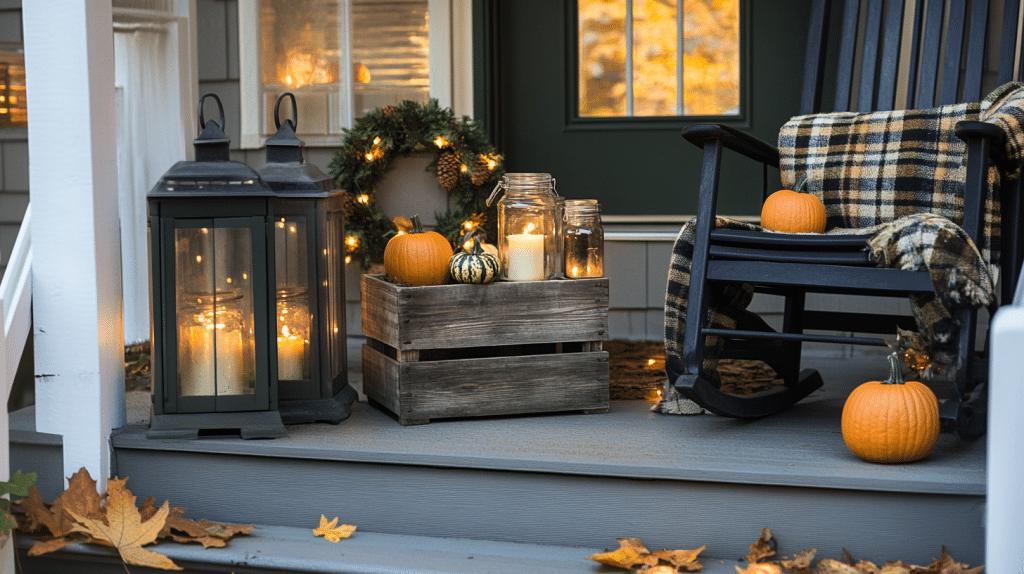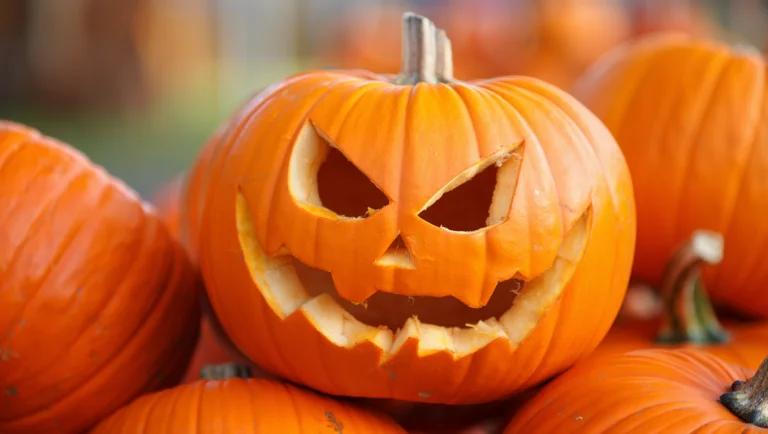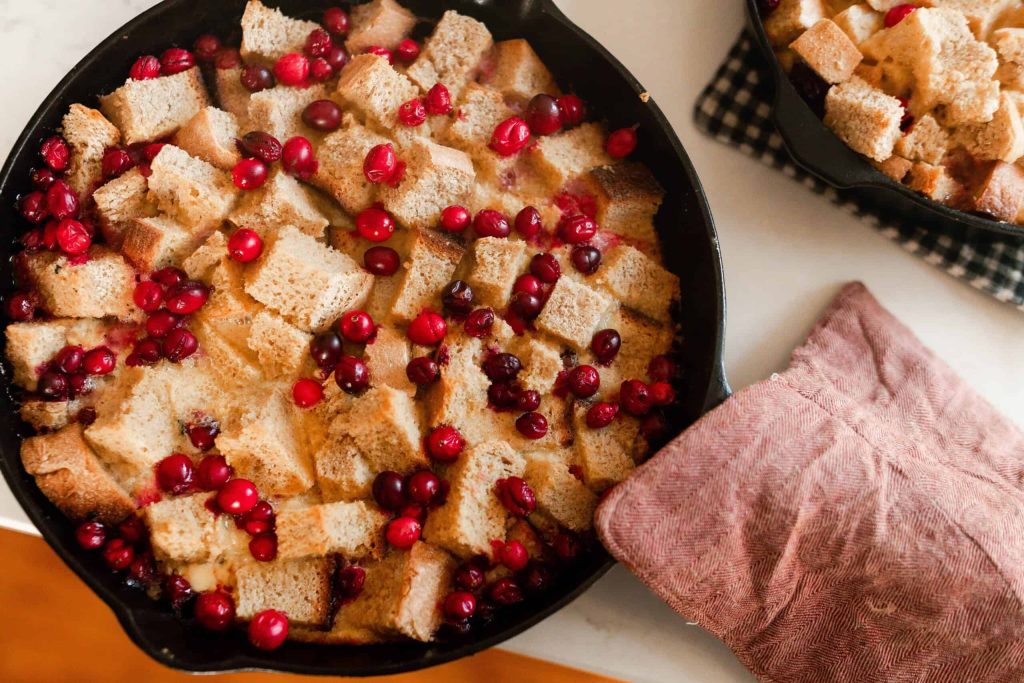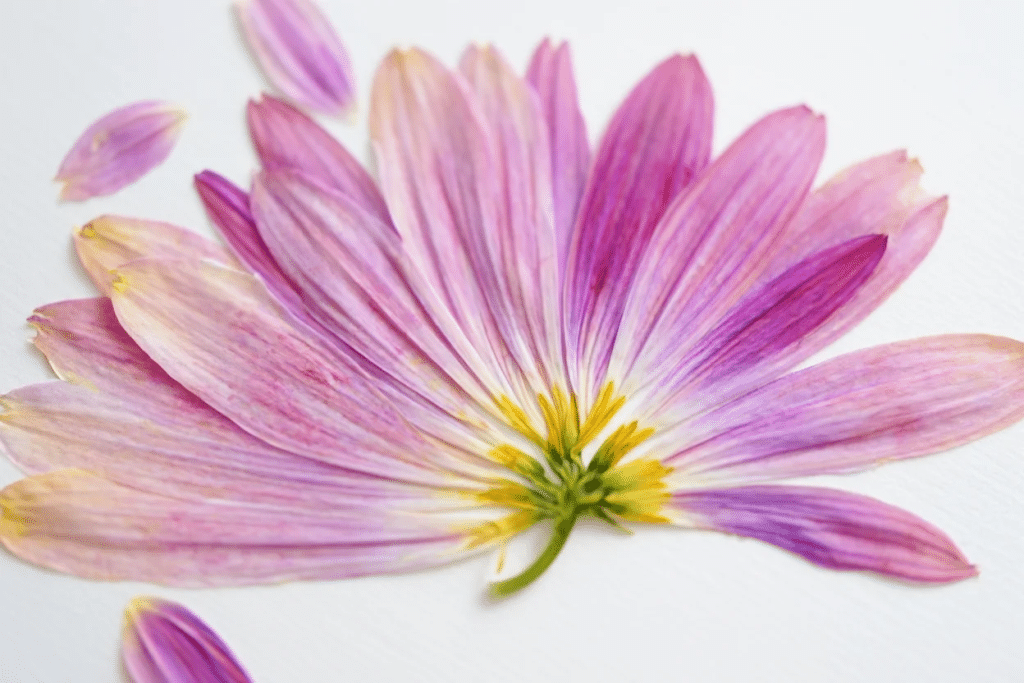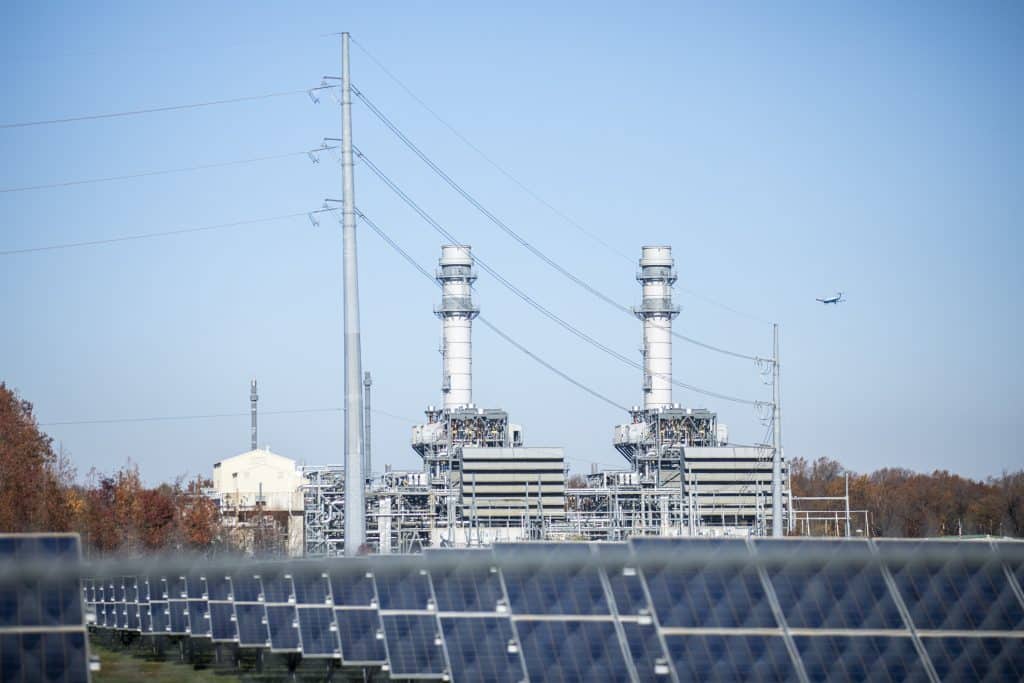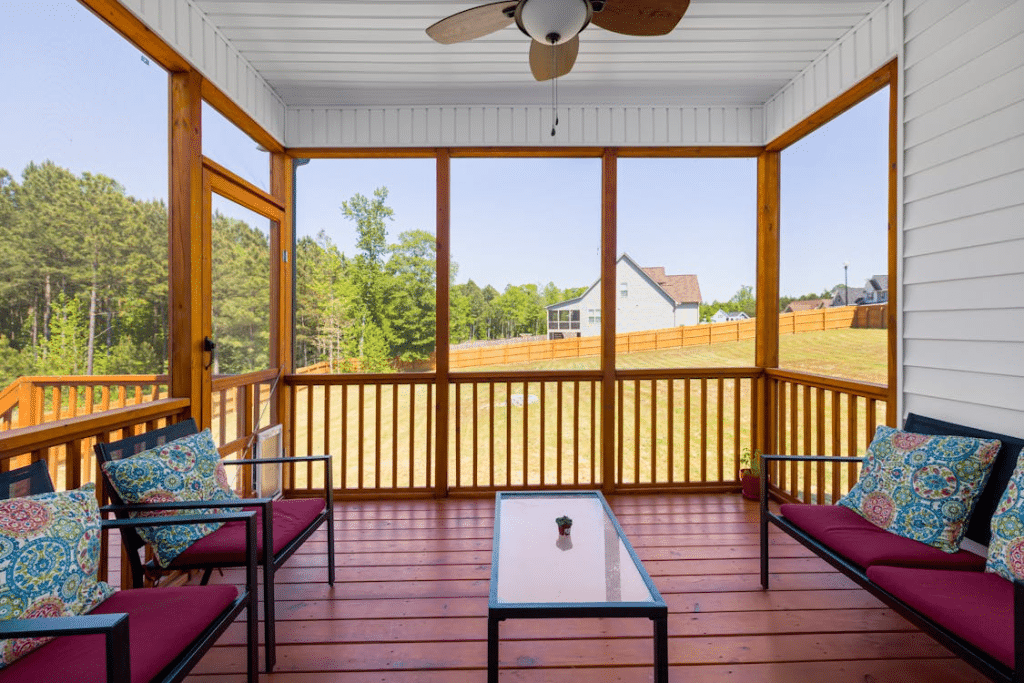Does your garden wilt when summer heat strikes? Mine used to do the same until I found the solution.
Watering twice daily but still losing plants feels frustrating and costs too much time and money. Many gardeners struggle with this common problem during hot months.
The good news? Drought tolerant annuals can survive in hot, dry conditions with minimal water. These tough plants keep your garden colorful without constant care.
Ready to create a garden that stays beautiful even when the temperature climbs? Let’s get started!
Why Choose Drought Tolerant Annuals for Your Garden?
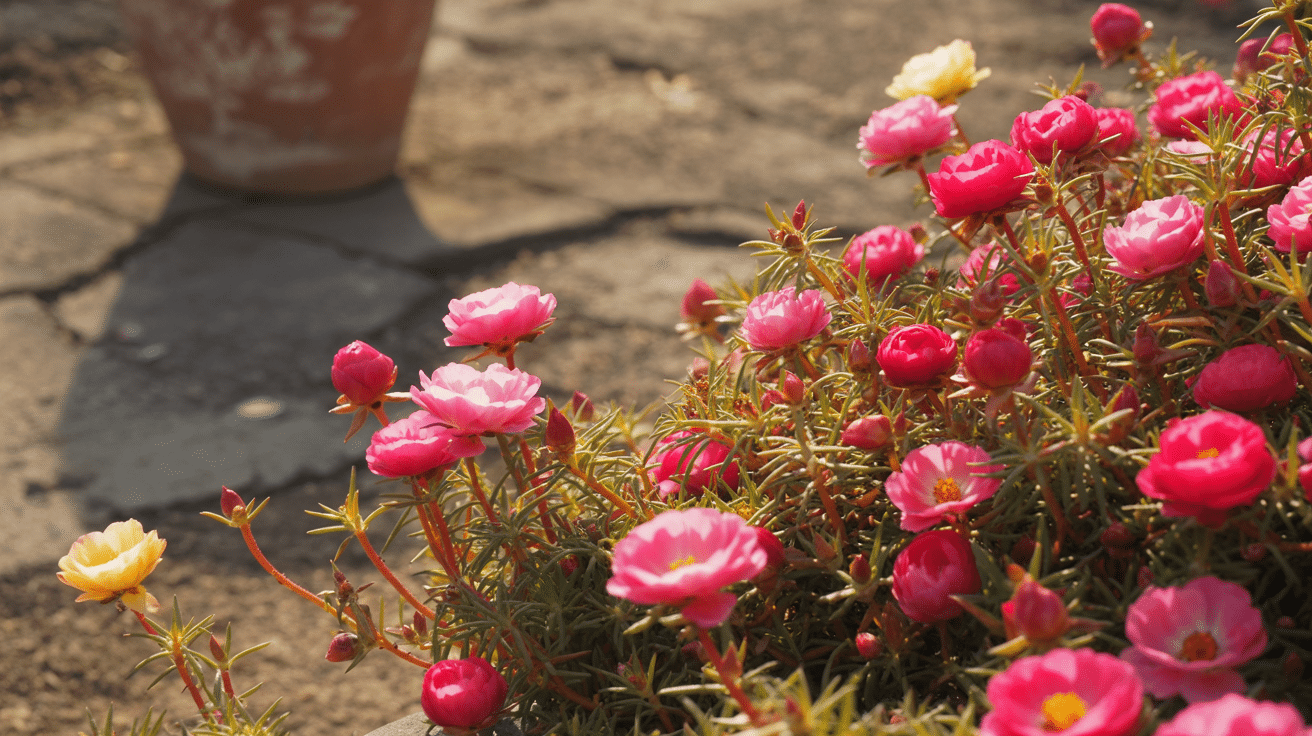
These annuals make a smart choice for any garden facing hot, dry conditions. Here are the key reasons why I think so:
- Water savings: These plants need much less water than typical garden flowers, cutting your water bill and usage during summer months.
- Time efficiency: You’ll spend fewer hours dragging hoses and setting up sprinklers since these hardy plants can go days between watering.
- Reliability: They keep blooming through heat waves when other plants quit, giving you constant color all season.
- Environmental impact: Using plants that need less water helps conserve this valuable resource, which is good for your local ecosystem.
- Stress reduction: Watching your garden survive instead of struggle during hot spells makes gardening more fun and less worrying.
Adding drought-tolerant annuals to your garden makes both practical and ecological sense for today’s changing climate conditions.
Annuals that Can Survive in the Driest Conditions
When summer brings relentless heat and dry soil, most flowers give up, but these drought-tolerant annuals are just getting started, turning harsh conditions into stunning displays:
1. Zinnia
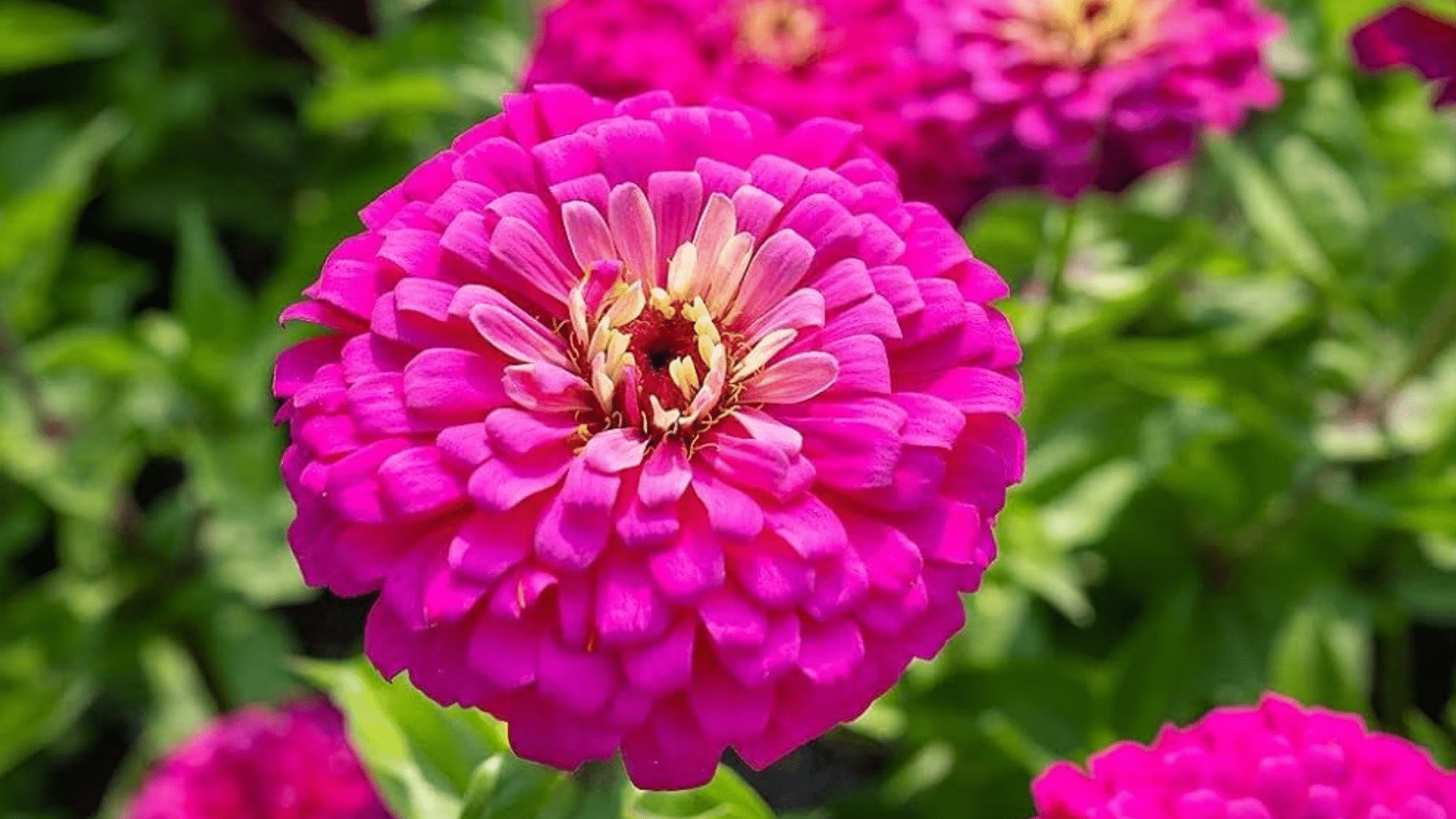
Zinnias are bright, cheerful annuals that come in a wide variety of colors, perfect for adding a pop to your garden. These plants are easy to grow and can withstand dry conditions once established.
They’re perfect for planting in containers or garden beds.
- Scientific Name: Zinnia elegans
- Geographic Location: Native to North America and Central America
- Plant Size: 12-36 inches tall
- Plant Zone: 3-10
2. Marigold
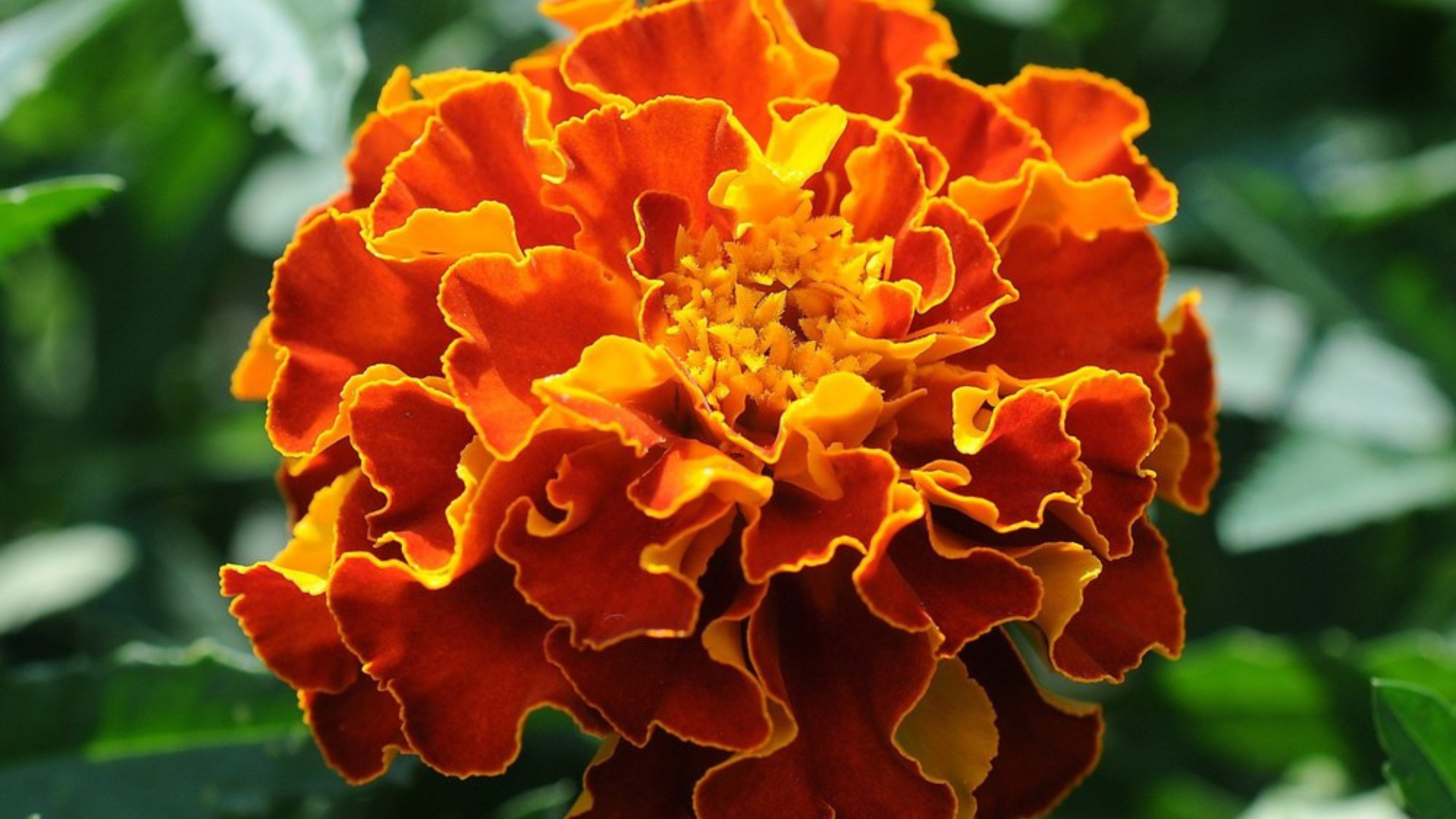
Marigolds are lively annuals known for their golden-yellow and orange hues. They are hardy and can tolerate dry, sunny conditions, making them great for low-maintenance gardens.
Marigolds also serve as a natural pest deterrent, which is an added bonus.
- Scientific Name: Tagetes Patula
- Geographic Location: Native to Mexico and Central America
- Plant Size: 6-24 inches tall
- Plant Zone: 2-11
3. Lantana
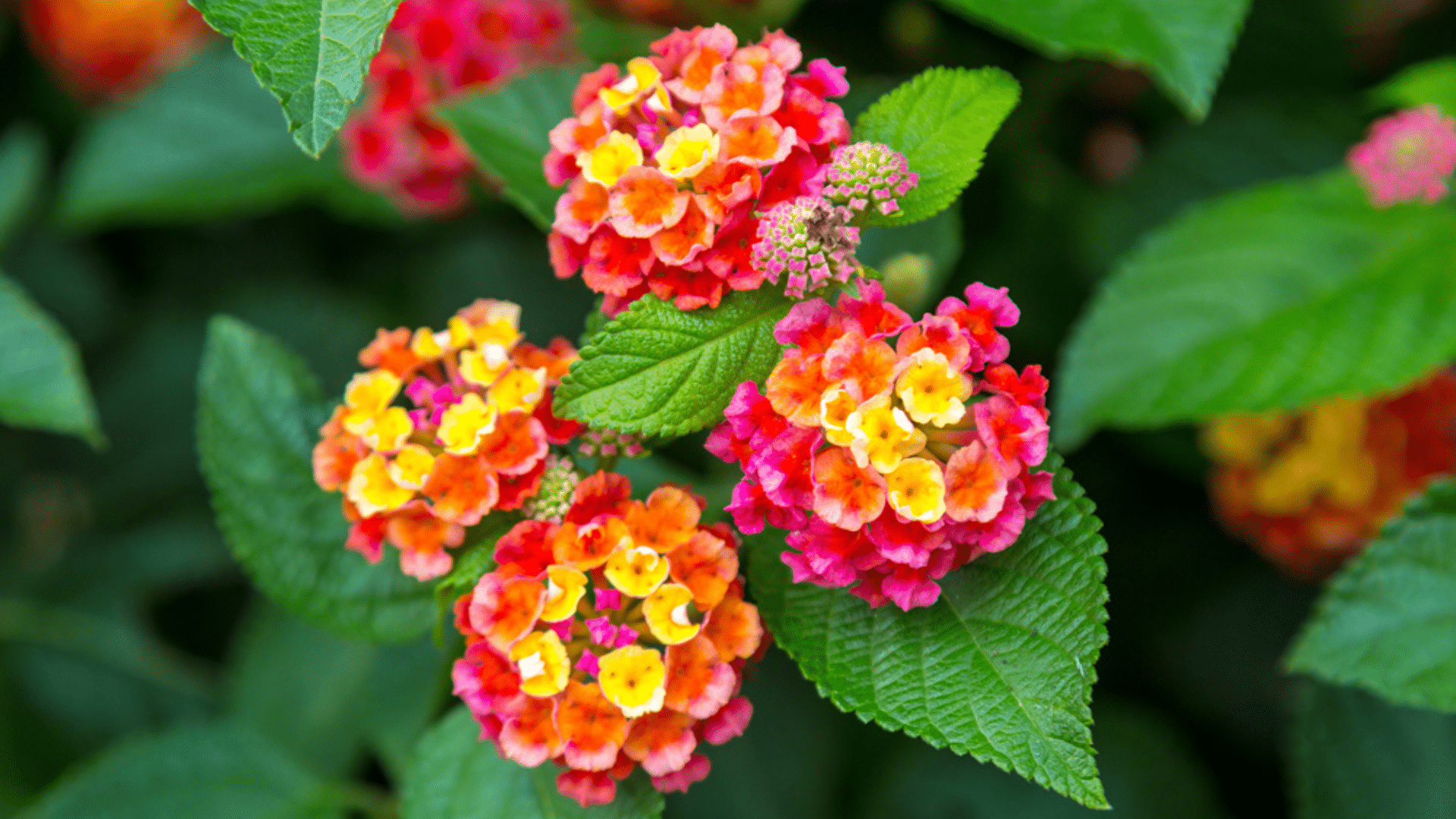
Lantanas are lively annuals that offer clusters of colorful flowers all summer long. Known for their heat tolerance and ability to survive in dry soil, lantanas are perfect for hot climates. Their fragrant flowers attract butterflies, adding extra life to gardens.
- Scientific Name: Lantana camara
- Geographic Location: Native to the Americas
- Plant Size: 12-36 inches tall
- Plant Zone: 10-11
4. Portulaca
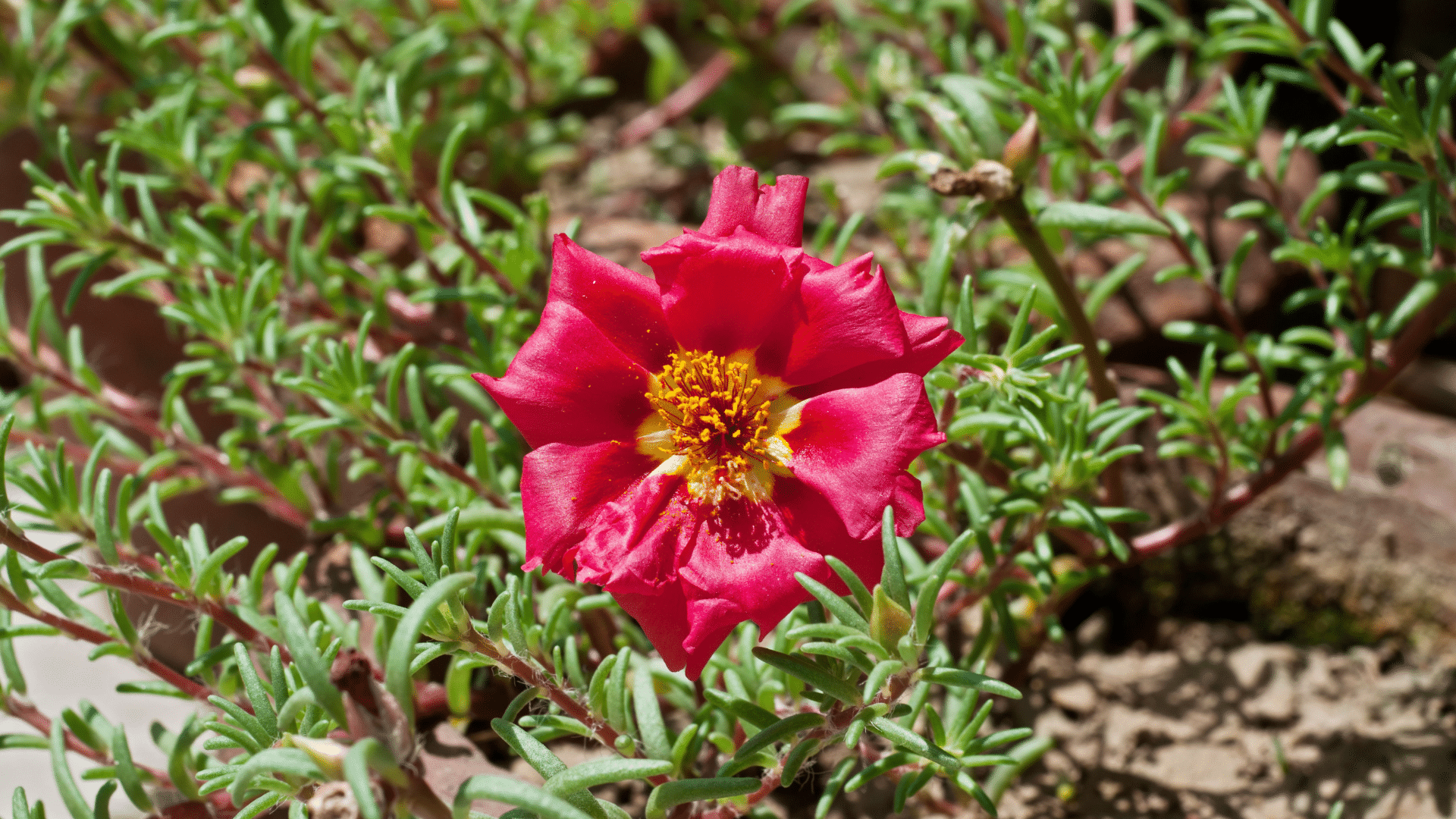
Portulacas, also known as moss roses, are excellent drought-tolerant annuals. Their colorful, cup-shaped flowers open in the sun and close at night. These low-growing plants are perfect for hanging baskets, ground cover, or containers.
- Scientific Name: Portulaca grandiflora
- Geographic Location: Native to South America
- Plant Size: 6-8 inches tall
- Plant Zone: 9-11
5. Cosmos
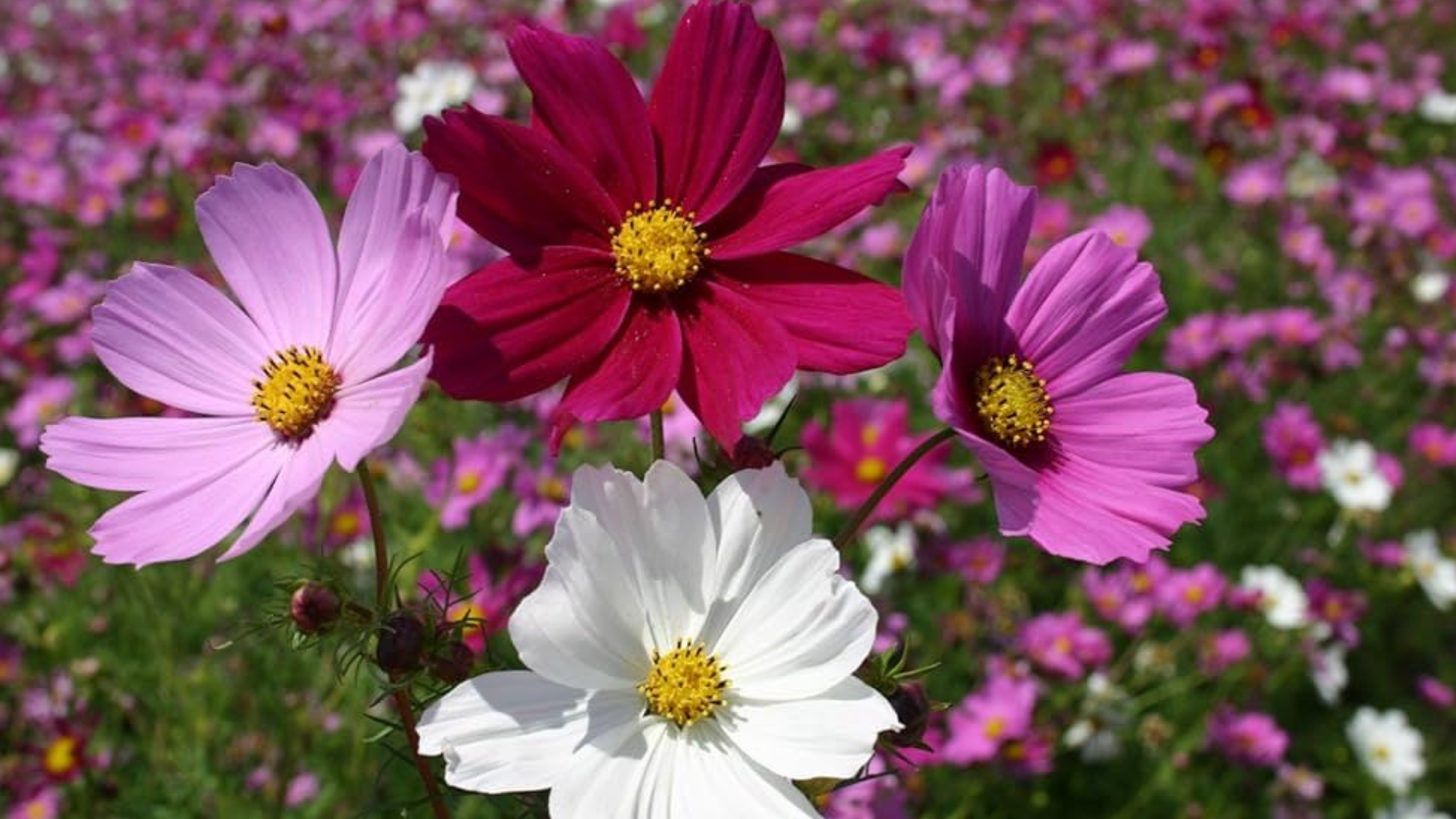
Cosmos are tall, slender annuals that produce daisy-like flowers in bright, cheerful colors. They are easy to grow and survive in dry, well-drained soil.
Their feathery foliage and lively flowers attract pollinators, making them a great addition to any garden.
- Scientific Name: Cosmos bipinnatus
- Geographic Location: Native to Mexico
- Plant Size: 2-5 feet tall
- Plant Zone: 2-11
6. California Poppy
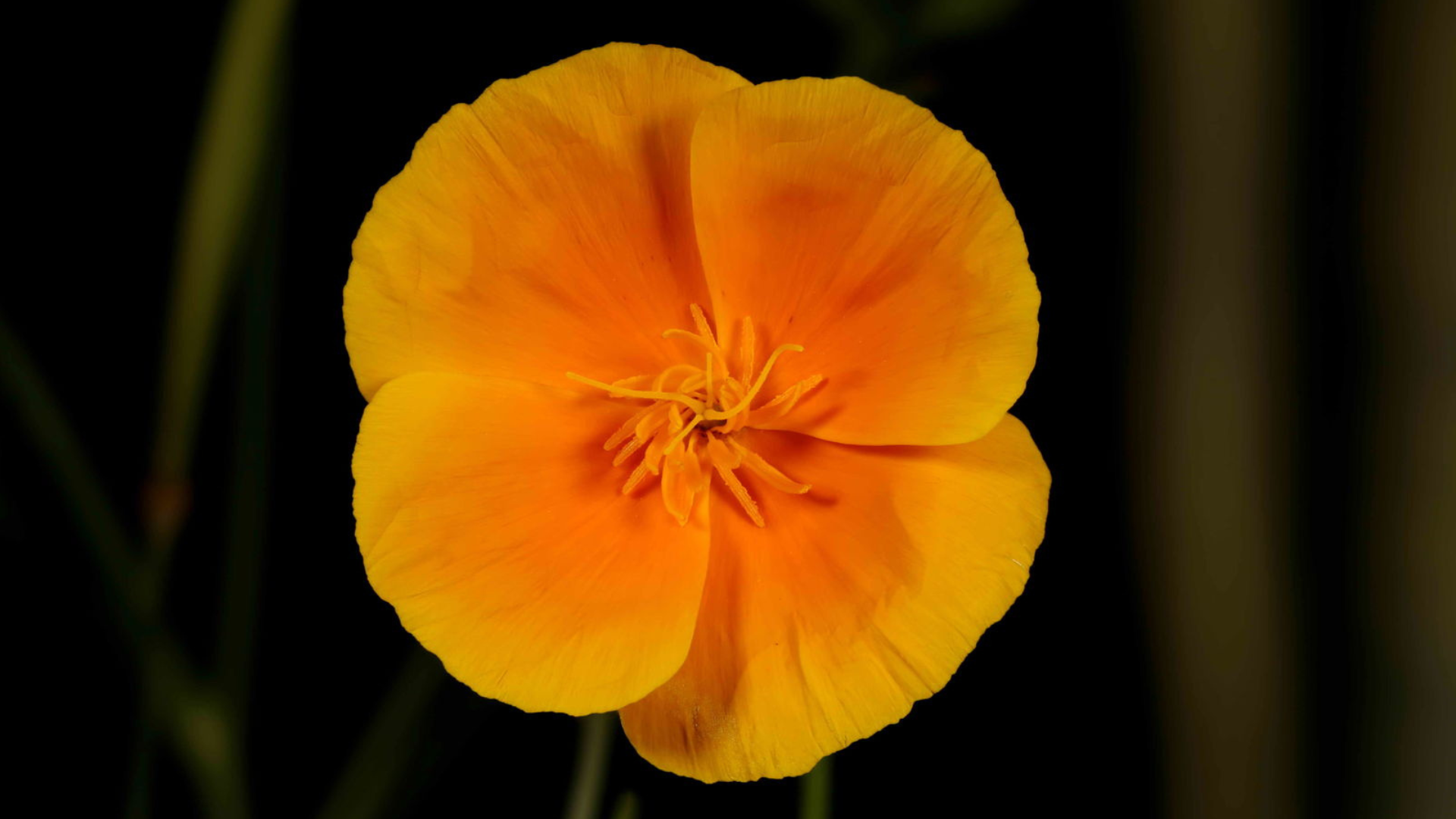
California poppies are known for their bright orange flowers and are perfect for drought-prone areas.
These annuals are hardy and can survive with minimal water, making them ideal for low-maintenance gardens. The gentle flowers add a wildflower joy to any garden.
- Scientific Name: Eschscholzia californica
- Geographic Location: Native to California, USA
- Plant Size: 12-18 inches tall
- Plant Zone: 5-10
7. Salvia
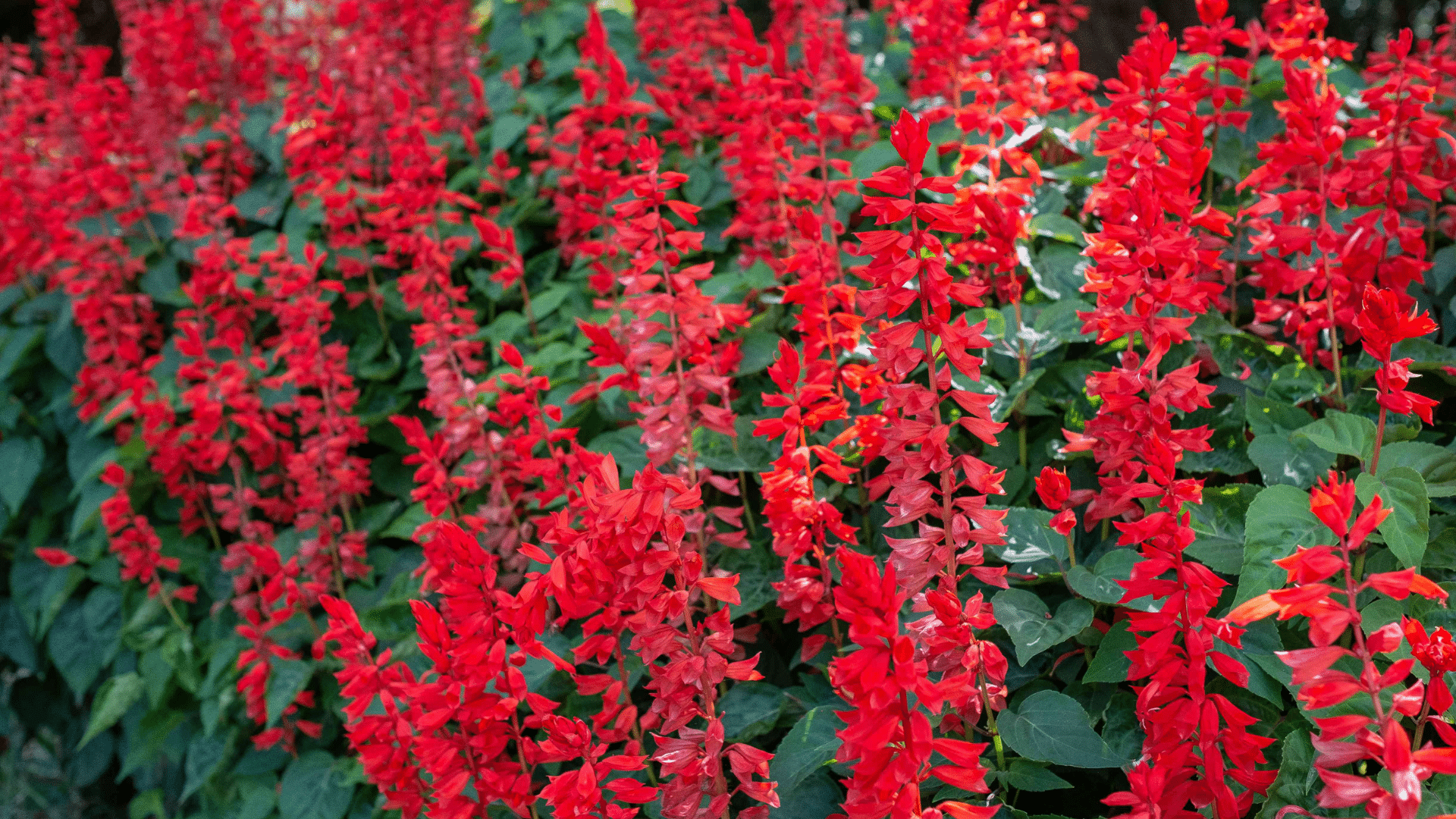
Salvia, also known as sage, produces spikes of colorful flowers that attract pollinators like hummingbirds and bees.
This drought-tolerant annual is perfect for hot, dry conditions and blooms from summer to fall. With its fragrant leaves and lively flowers, salvia adds both beauty and fragrance to the garden.
- Scientific Name: Salvia splendens
- Geographic Location: Native to Central and South America
- Plant Size: 12-30 inches tall
- Plant Zone: 8-11
8. Blanket Flower (Gaillardia)
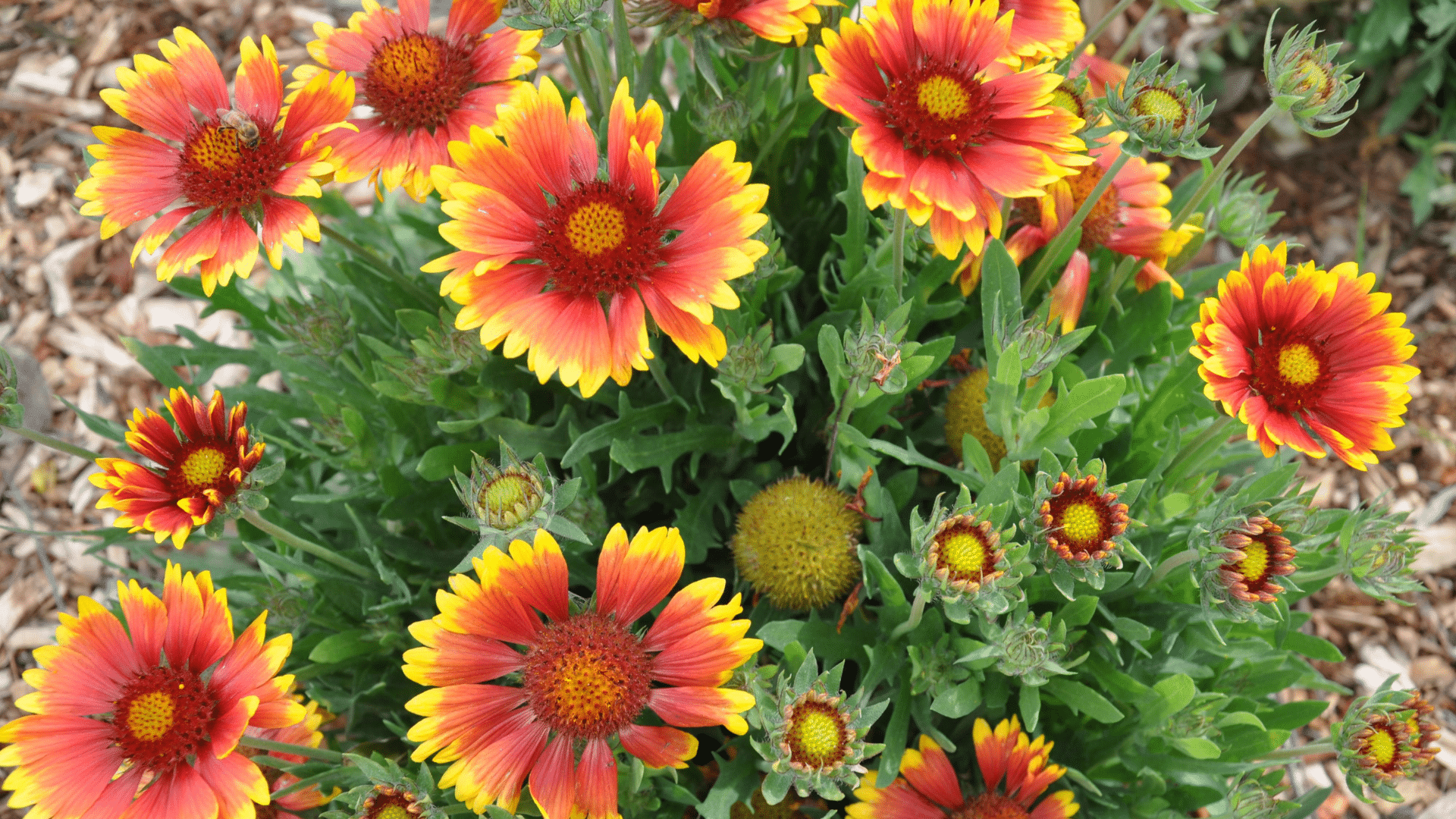
Blanket flowers are hardy annuals that survive in poor soil and dry conditions. Their bright, fiery red and yellow petals add a bold splash of color to gardens. These plants are also drought-tolerant and attract pollinators like bees and butterflies. They are ideal for naturalistic or wildflower gardens.
- Scientific Name: Gaillardia pulchella
- Geographic Location: Native to North America
- Plant Size: 12-24 inches tall
- Plant Zone: 3-10
9. Verbena
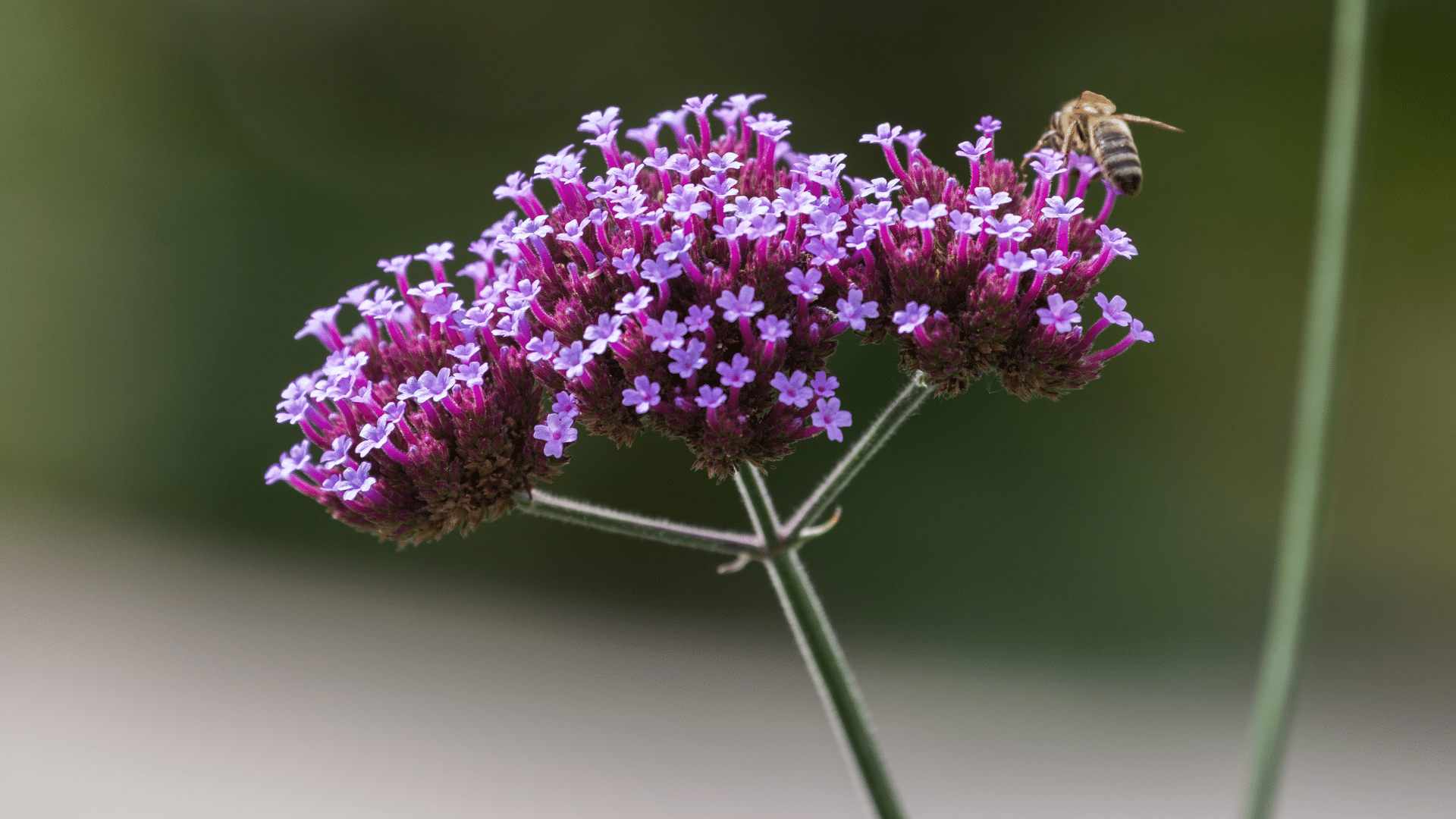
Verbena produces clusters of small, colorful flowers that can brighten up any garden. This drought-tolerant annual survives in hot, dry conditions and is perfect for hanging baskets, containers, or garden beds. Its long-lasting blooms attract butterflies, adding movement and life to outdoor spaces.
- Scientific Name: Verbena bonariensis
- Geographic Location: Native to South America
- Plant Size: 12-36 inches tall
- Plant Zone: 7-10
10. Gazania
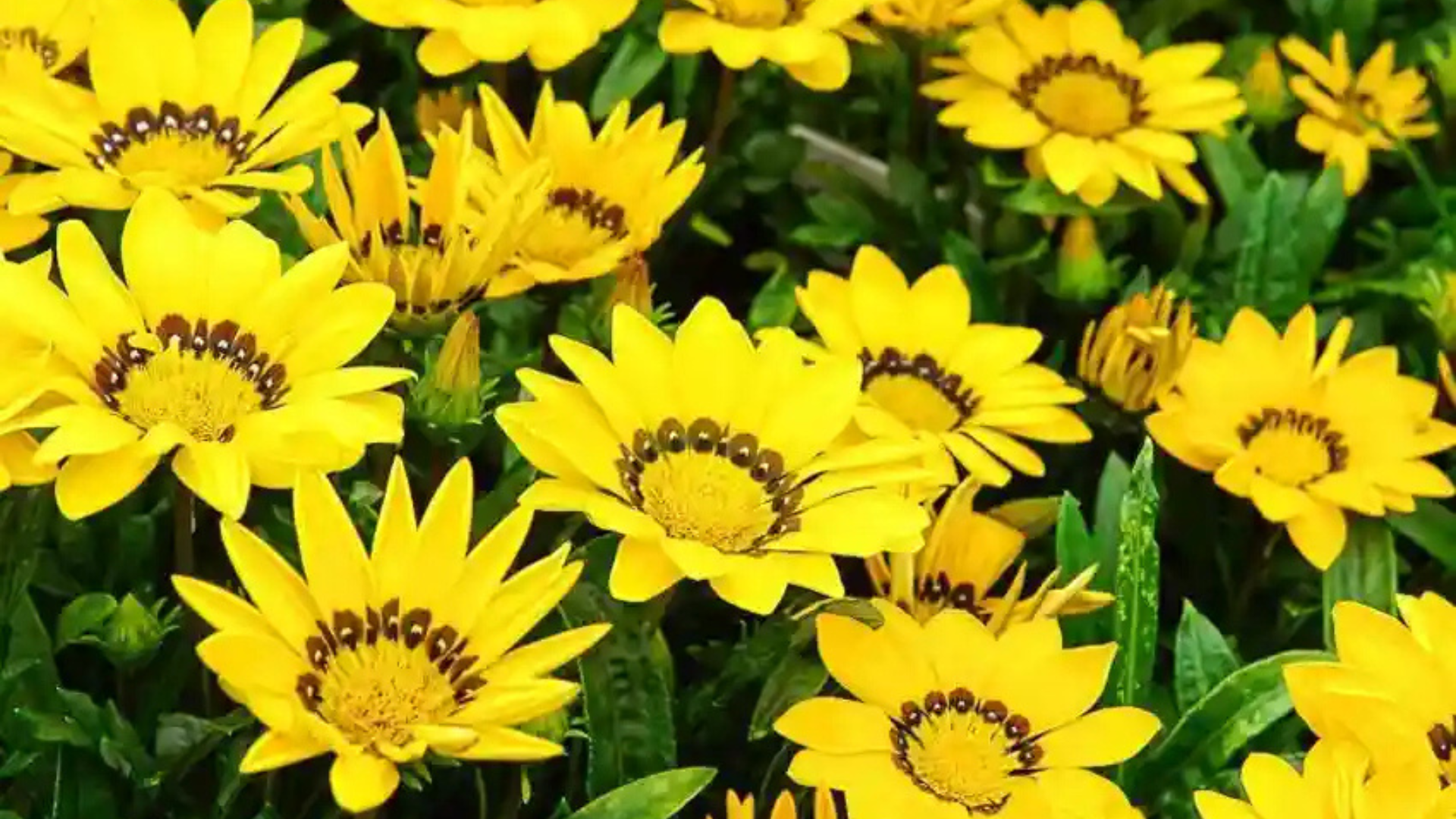
Gazania, also known as treasure flower, produces bold, daisy-like flowers in a variety of lively colors. This drought-tolerant annual survives in hot, dry climates and can tolerate poor soil.
Its flowers close at night and open again in full sun, making it a great addition to gardens where water is limited.
- Scientific Name: Gazania rigens
- Geographic Location: Native to South Africa
- Plant Size: 6-12 inches tall
- Plant Zone: 9-11
11. Vinca (Periwinkle)
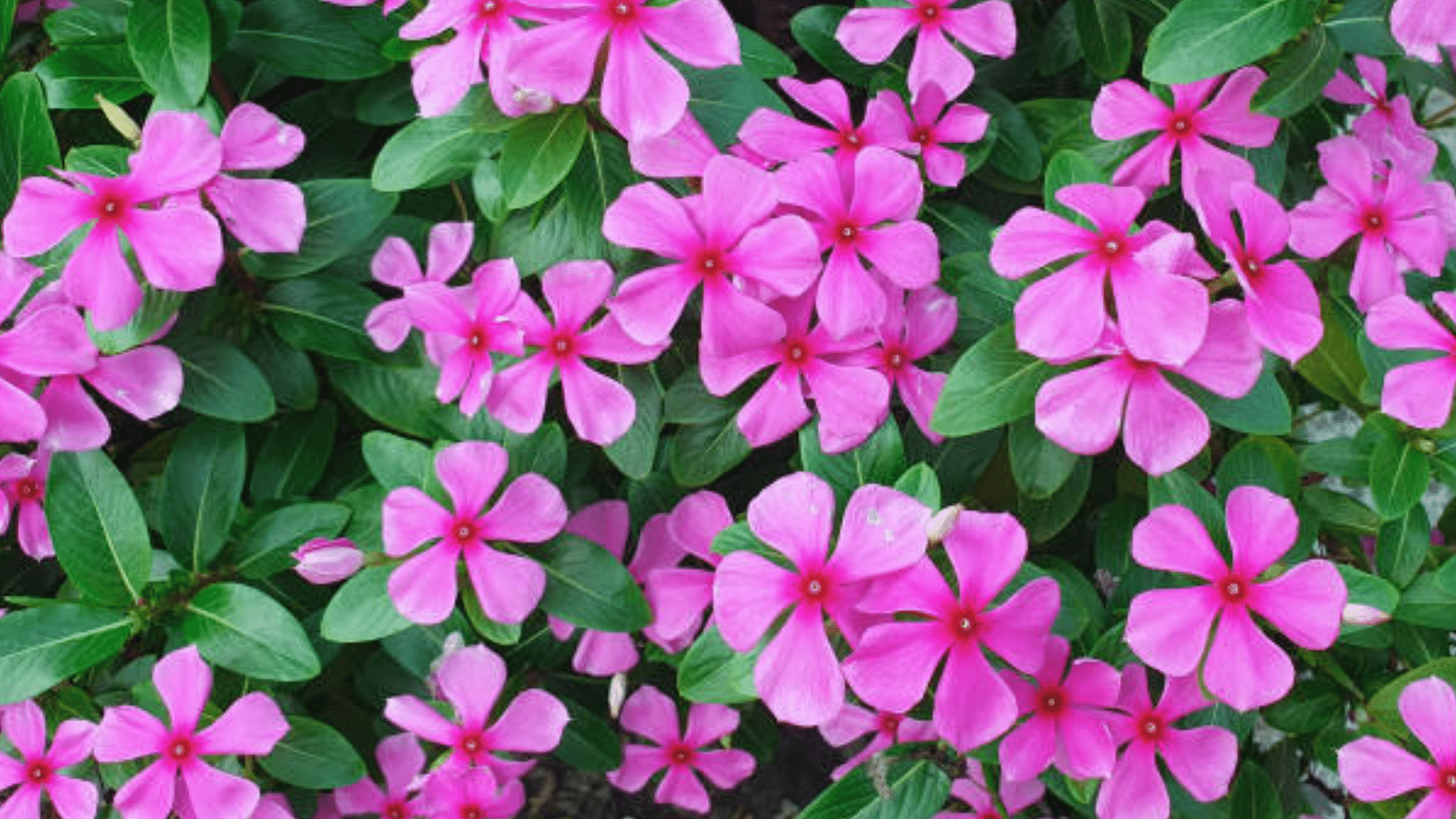
Vinca is a popular annual that survives in hot, dry conditions. Known for its glossy, evergreen foliage and colorful, funnel-shaped flowers, this plant is perfect for hanging baskets or ground cover.
It is tolerant of drought and requires minimal maintenance, making it a favorite among gardeners in warm climates.
- Scientific Name: Catharanthus roseus
- Geographic Location: Native to Madagascar
- Plant Size: 6-18 inches tall
- Plant Zone: 9-11
12. Sunflower
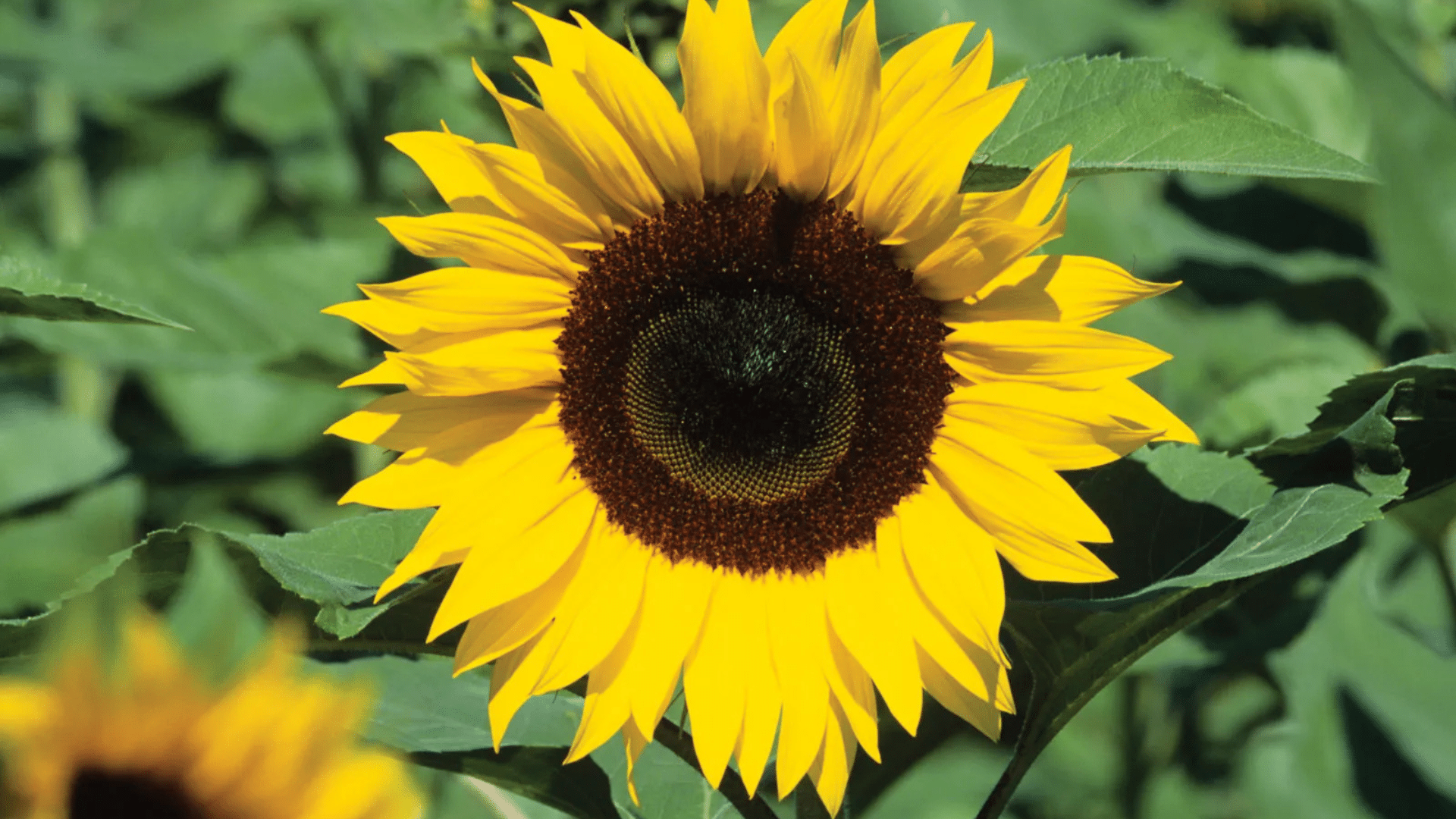
Sunflowers are iconic annuals that survive in full sun and are known for their large, bright yellow flowers. These plants are ideal for hot, dry conditions and require little maintenance once established. Sunflowers attract pollinators, making them perfect for pollinator gardens, and their seeds are a favorite treat for birds.
- Scientific Name: Helianthus annuus
- Geographic Location: Native to North America
- Plant Size: 3-12 feet tall
- Plant Zone: 4-10
13. Celosia
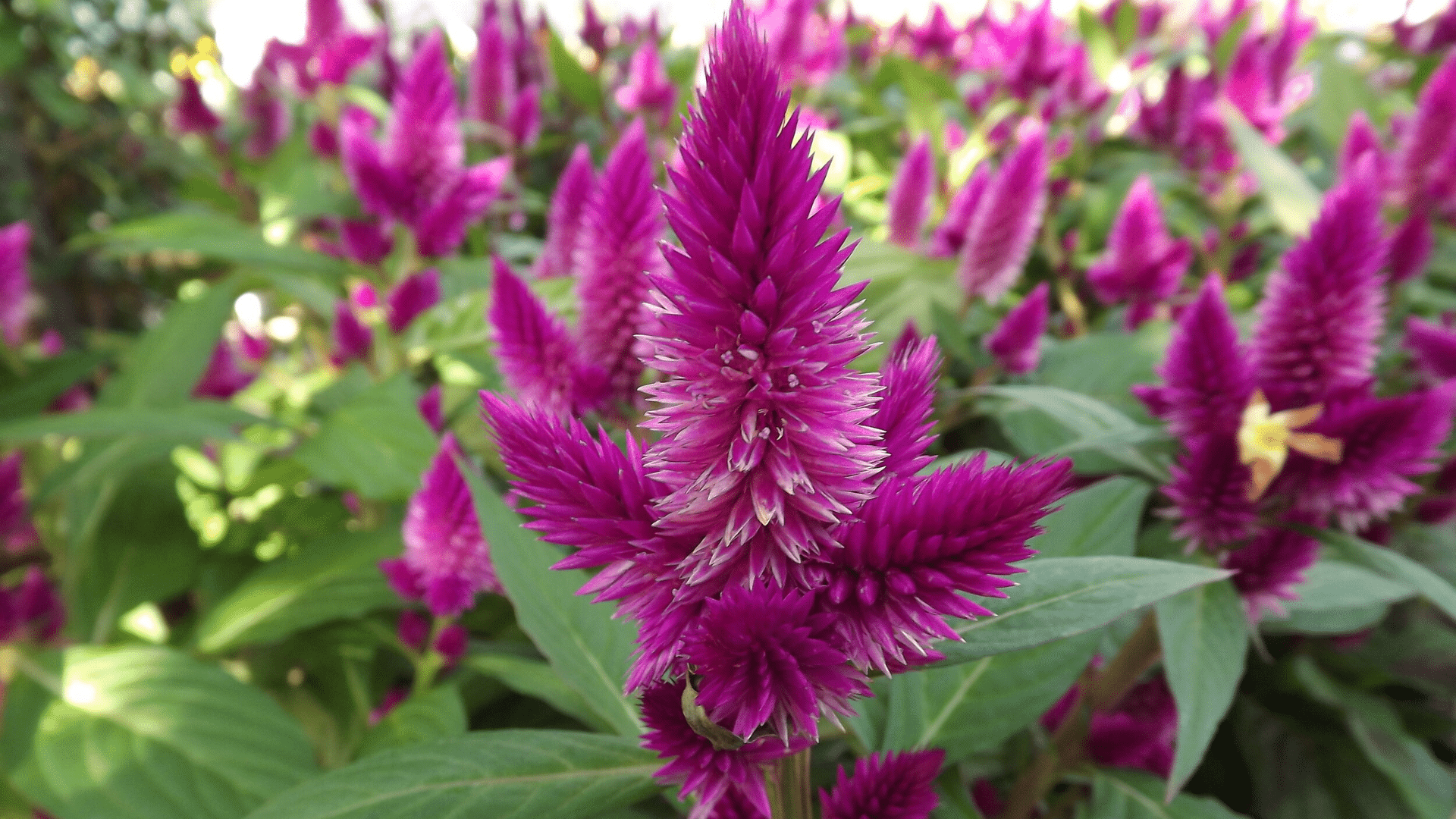
Celosia, also known as cockscomb, is an annual with unique, flame-like flowers in bright, eye-catching colors. It survives in hot, dry conditions and adds texture and color to gardens. Celosia is also drought-tolerant once established, making it a great addition to low-water landscapes.
- Scientific Name: Celosia argentea
- Geographic Location: Native to Africa, Asia, and the Americas
- Plant Size: 12-24 inches tall
- Plant Zone: 10-11
14. Dusty Miller
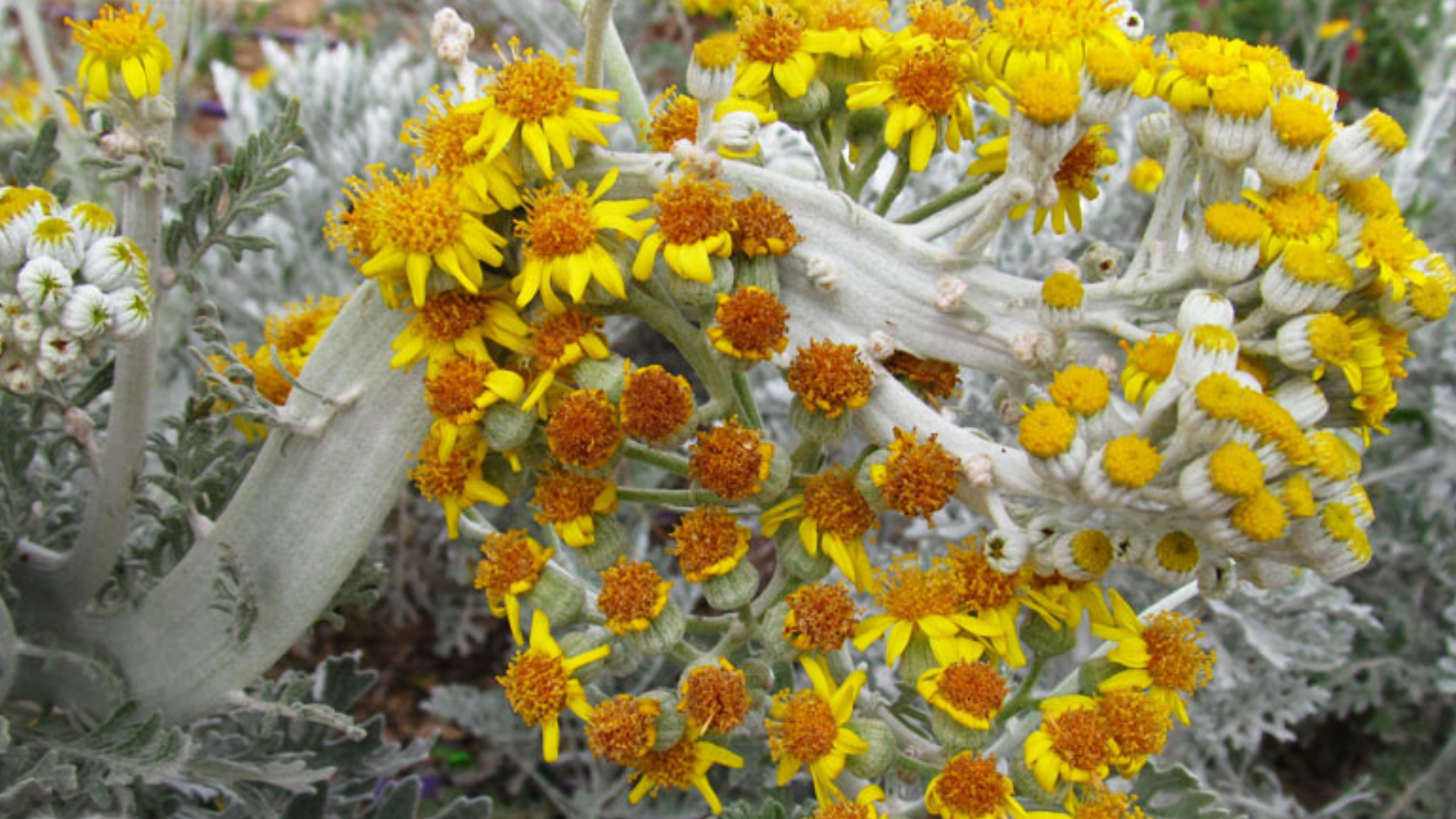
Dusty Miller is a silvery-leaved annual that survives in dry, sunny spots. Its foliage provides a beautiful contrast to brightly colored flowers, making it an excellent filler for gardens. This drought-tolerant plant requires minimal water and is perfect for edging or as part of a rock garden.
- Scientific Name: Senecio cineraria
- Geographic Location: Native to Europe and North Africa
- Plant Size: 8-18 inches tall
- Plant Zone: 7-11
15. Euphorbia
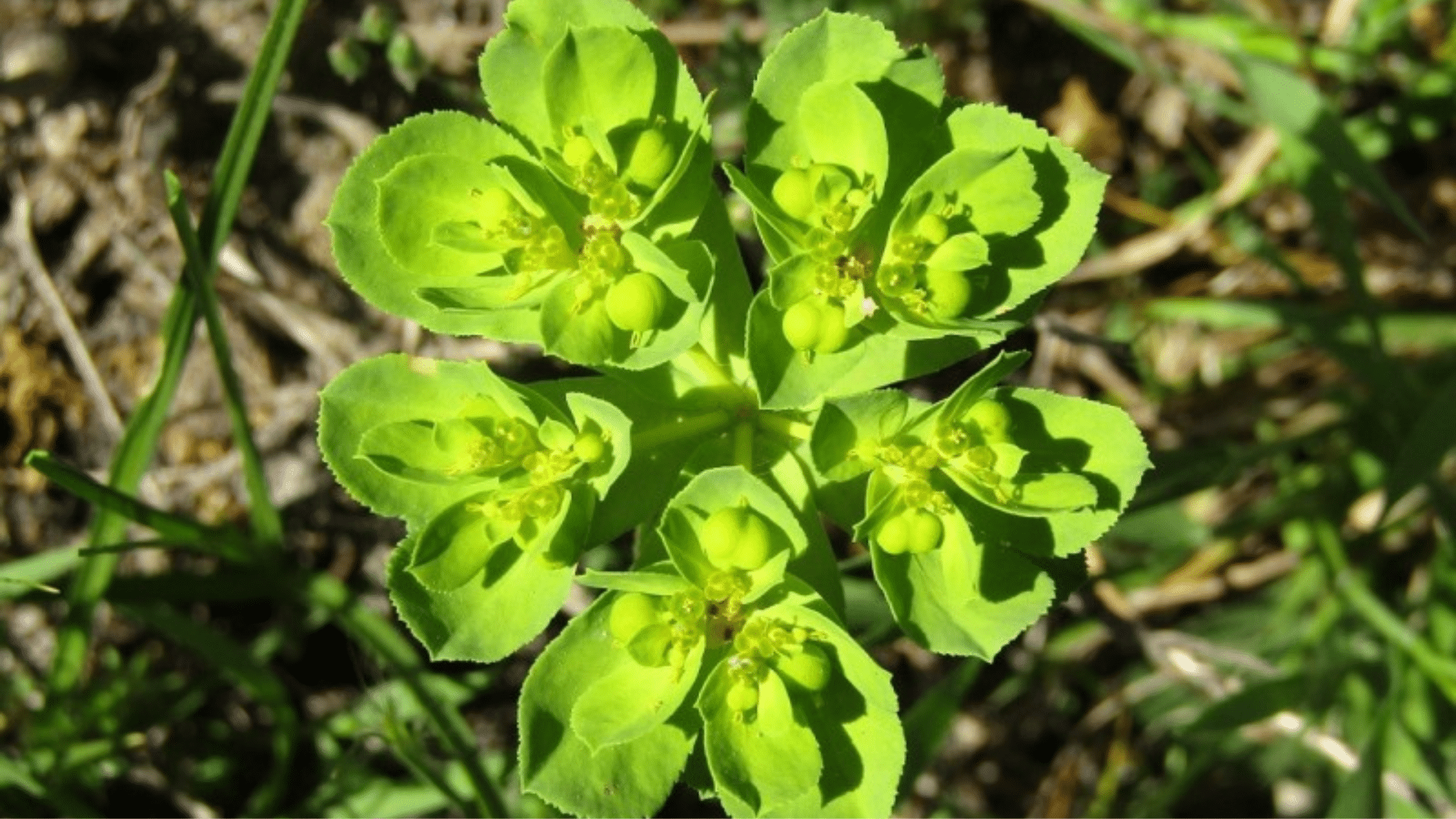
Euphorbia is a versatile annual with unique, spiny foliage and bright, showy flowers. Known for its drought resistance, this plant survives in dry conditions and is low-maintenance once established. Its striking appearance makes it a great choice for adding texture and color to your garden.
- Scientific Name: Euphorbia microphylla
- Geographic Location: Native to Africa, Asia, and the Mediterranean
- Plant Size: 12-36 inches tall
- Plant Zone: 9-11
16. Coreopsis
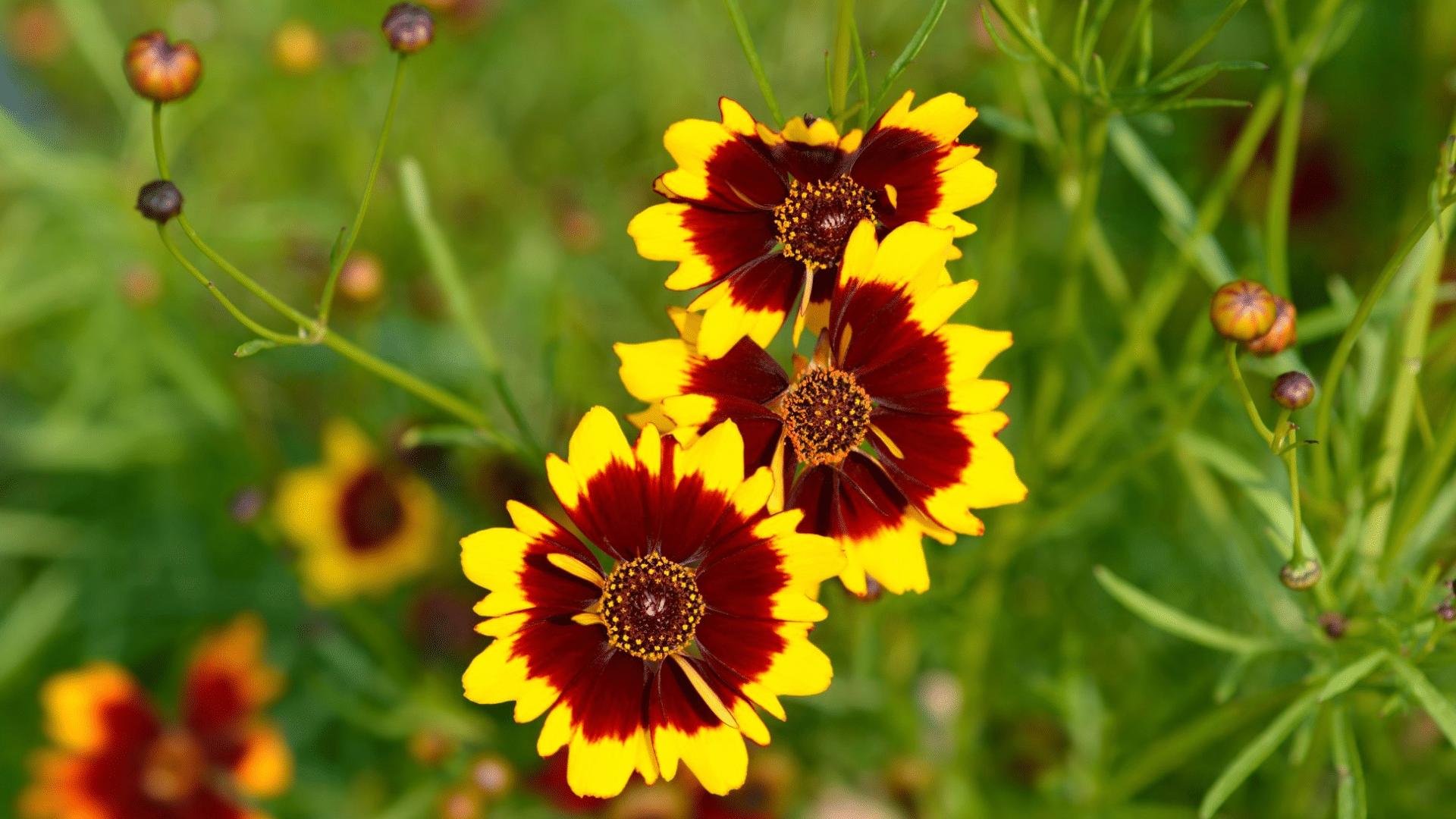
Coreopsis, also known as tickseed, is a drought-tolerant annual with bright yellow or red flowers. These hardy plants survive in dry, well-drained soil and require minimal care. Coreopsis is perfect for creating a sunny, cheerful garden and attracts butterflies and other pollinators.
- Scientific Name: Coreopsis tinctoria
- Geographic Location: Native to North America
- Plant Size: 12-30 inches tall
- Plant Zone: 3-9
17. Angelonia

Angelonia, also known as summer snapdragon, produces spiky flowers in shades of purple, pink, and white. They survive in hot, dry conditions and require minimal maintenance. Angelonia adds height and color to garden beds and containers, and its flowers attract pollinators.
- Scientific Name: Angelonia angustifolia
- Geographic Location: Native to Central America
- Plant Size: 12-18 inches tall
- Plant Zone: 9-11
18. Scaevola (Fan Flower)
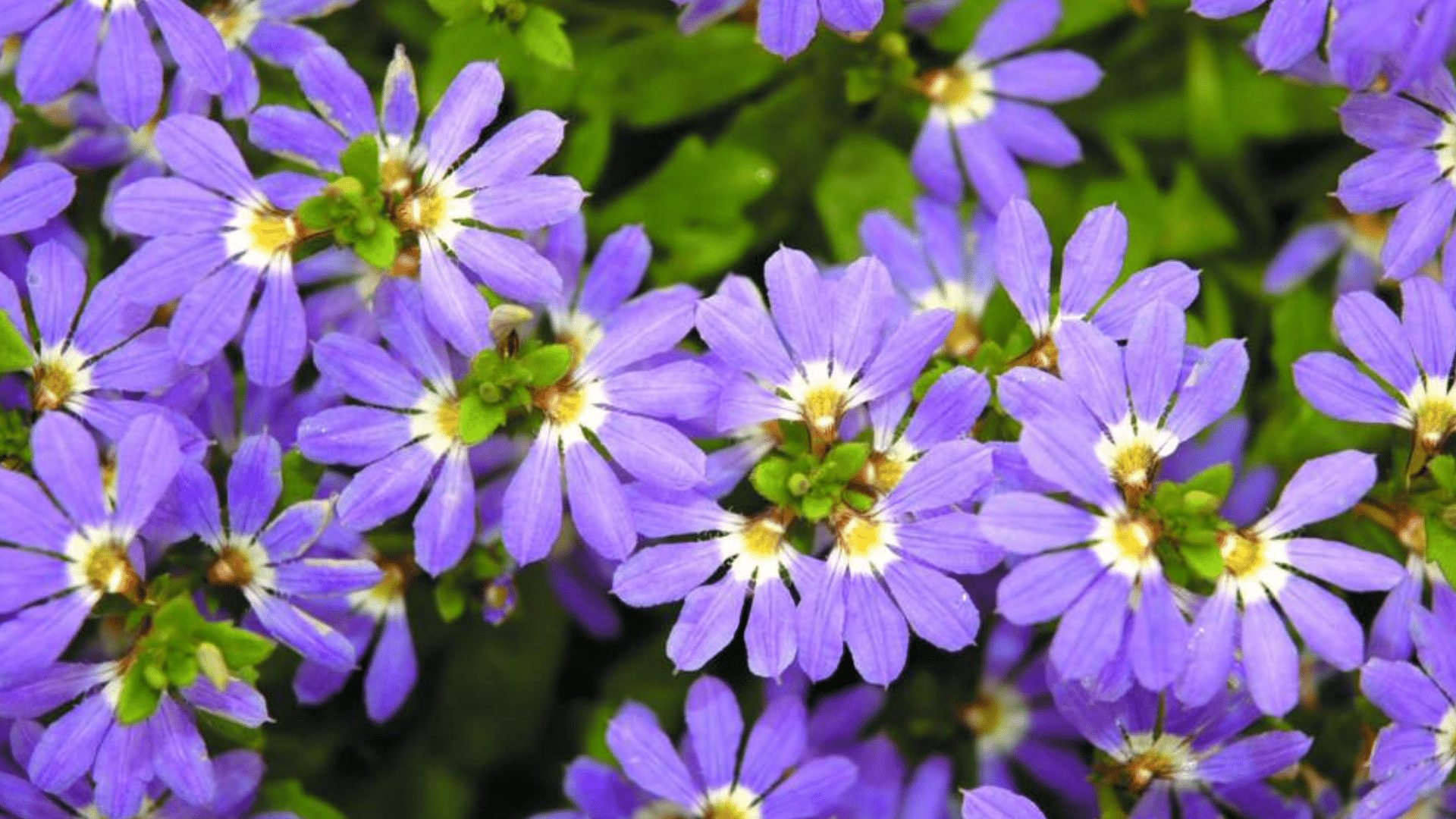
Scaevola, or fan flower, is a spreading annual that produces unique fan-shaped blooms in shades of blue, purple, and white. This drought-tolerant plant survives in full sun and is perfect for hanging baskets or ground cover. Scaevola is low-maintenance and attracts butterflies.
- Scientific Name: Scaevola aemula
- Geographic Location: Native to Australia
- Plant Size: 6-12 inches tall
- Plant Zone: 9-11
19. Nasturtium
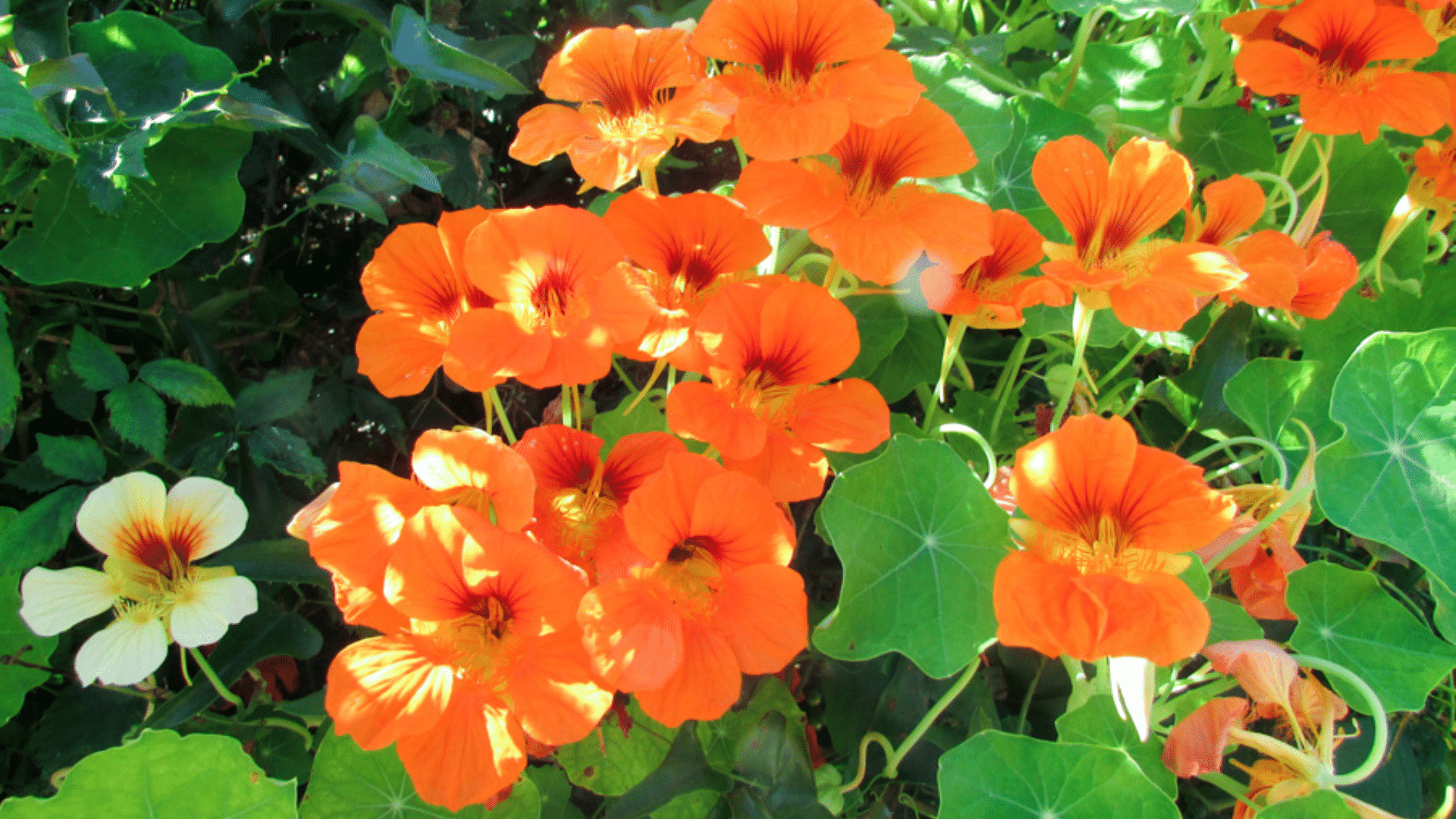
Nasturtiums are lively, edible annuals that survive in dry conditions. Their bright flowers and round leaves add beauty to gardens, while their peppery-tasting leaves and flowers are often used in salads.
Nasturtiums require minimal care and are perfect for containers or hanging baskets.
- Scientific Name: Tropaeolum majus
- Geographic Location: Native to South America
- Plant Size: 6-12 inches tall
- Plant Zone: 9-11
20. Ageratum

Ageratum is a low-growing annual that produces fluffy, blue or purple flowers. These plants are perfect for borders or containers and survive in hot, dry conditions. Ageratum is also drought-tolerant once established, making it a great choice for gardeners who want colorful blooms with minimal water.
- Scientific Name: Ageratum houstonianum
- Geographic Location: Native to Central America
- Plant Size: 6-18 inches tall
- Plant Zone: 3-10
21. Coleus

Coleus is a popular annual with colorful, variegated foliage. Though it survives in moist conditions, it’s surprisingly drought-tolerant once established. Coleus is often used for its lively foliage, making it an excellent addition to shady spots or areas where you want a burst of color without much maintenance.
- Scientific Name: Plectranthus scutellarioides
- Geographic Location: Native to Southeast Asia and Africa
- Plant Size: 12-36 inches tall
- Sun Exposure: Partial to full sun
- Plant Zone: 10-11
22. Sweet Alyssum
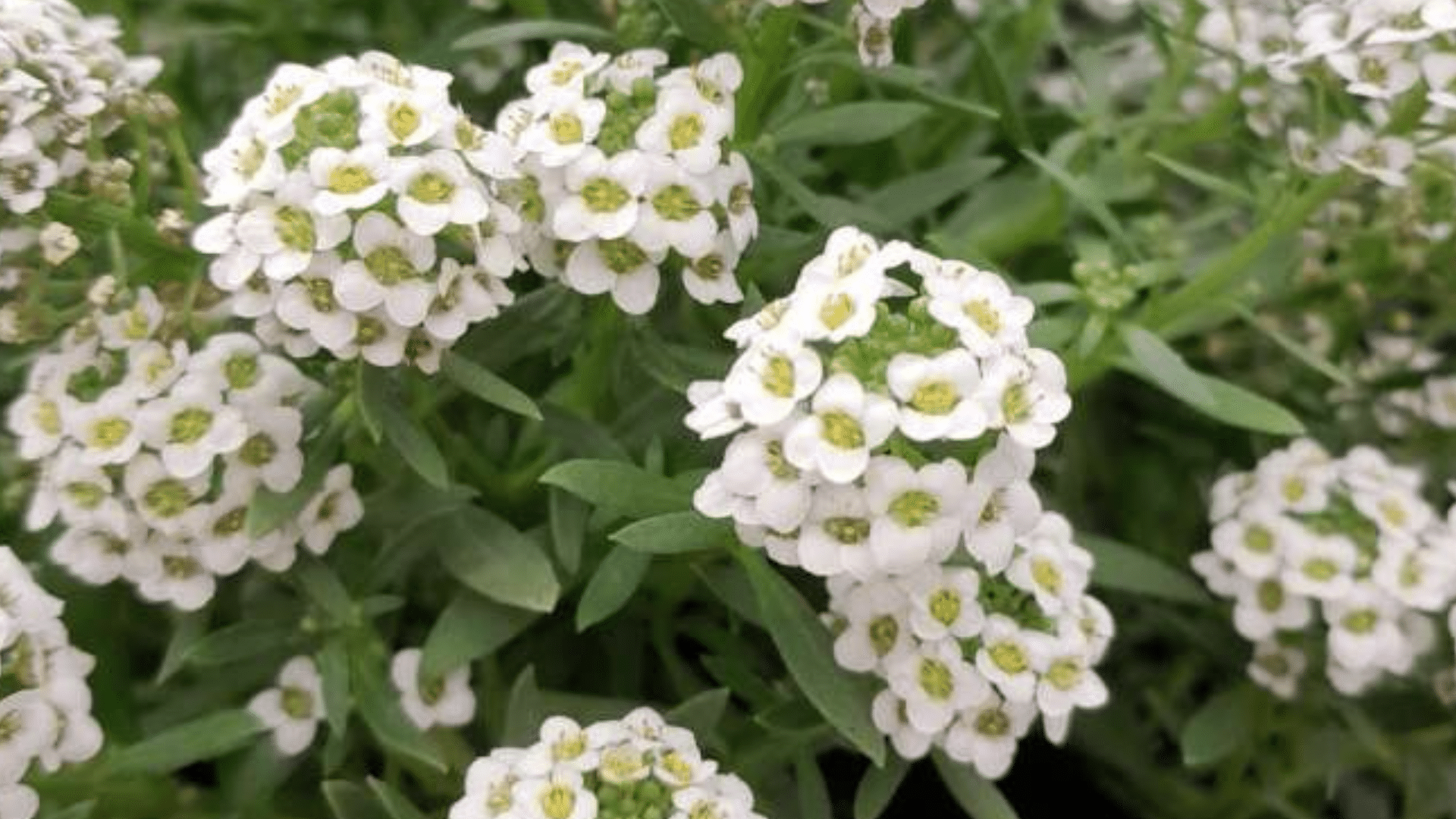
Sweet Alyssum is a fragrant annual that produces small, clustered flowers in white, pink, or purple. It survives in dry, well-drained soil and is perfect for containers, hanging baskets, or ground cover.
Sweet Alyssum is also known for attracting pollinators and spreading a lovely scent.
- Scientific Name: Lobularia maritima
- Geographic Location: Native to Europe and Asia
- Plant Size: 4-6 inches tall
- Plant Zone: 4-9
23. Pennisetum (Fountain Grass)
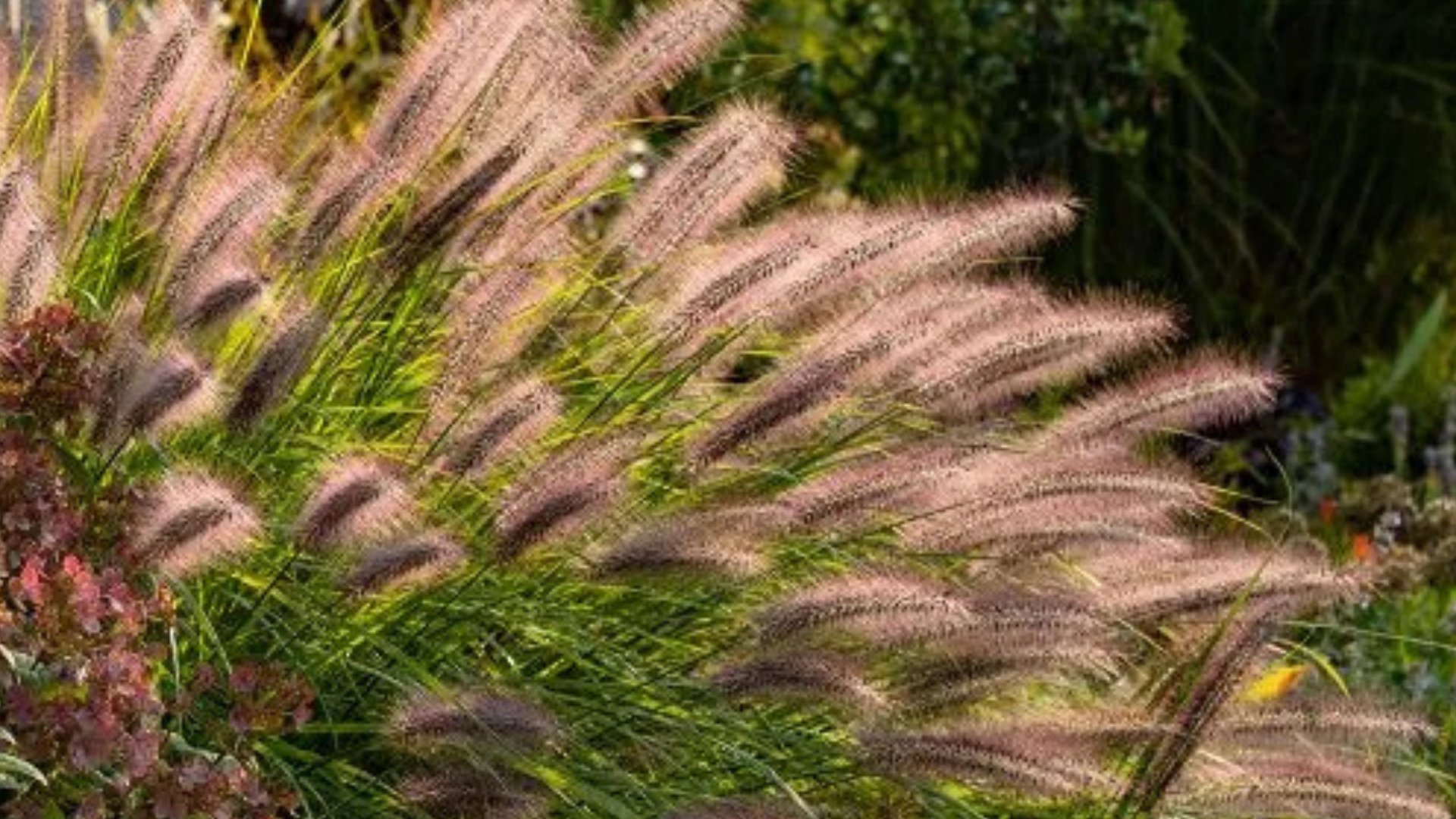
Pennisetum, commonly known as fountain grass, is an ornamental grass that adds texture and movement to gardens. It’s drought-tolerant and survives in full sun. Its soft, feathery flower heads create an attractive display in both containers and garden beds.
- Scientific Name: Pennisetum alopecuroides
- Geographic Location: Native to Africa and Asia
- Plant Size: 18-36 inches tall
- Plant Zone: 9-10
24. Begonia
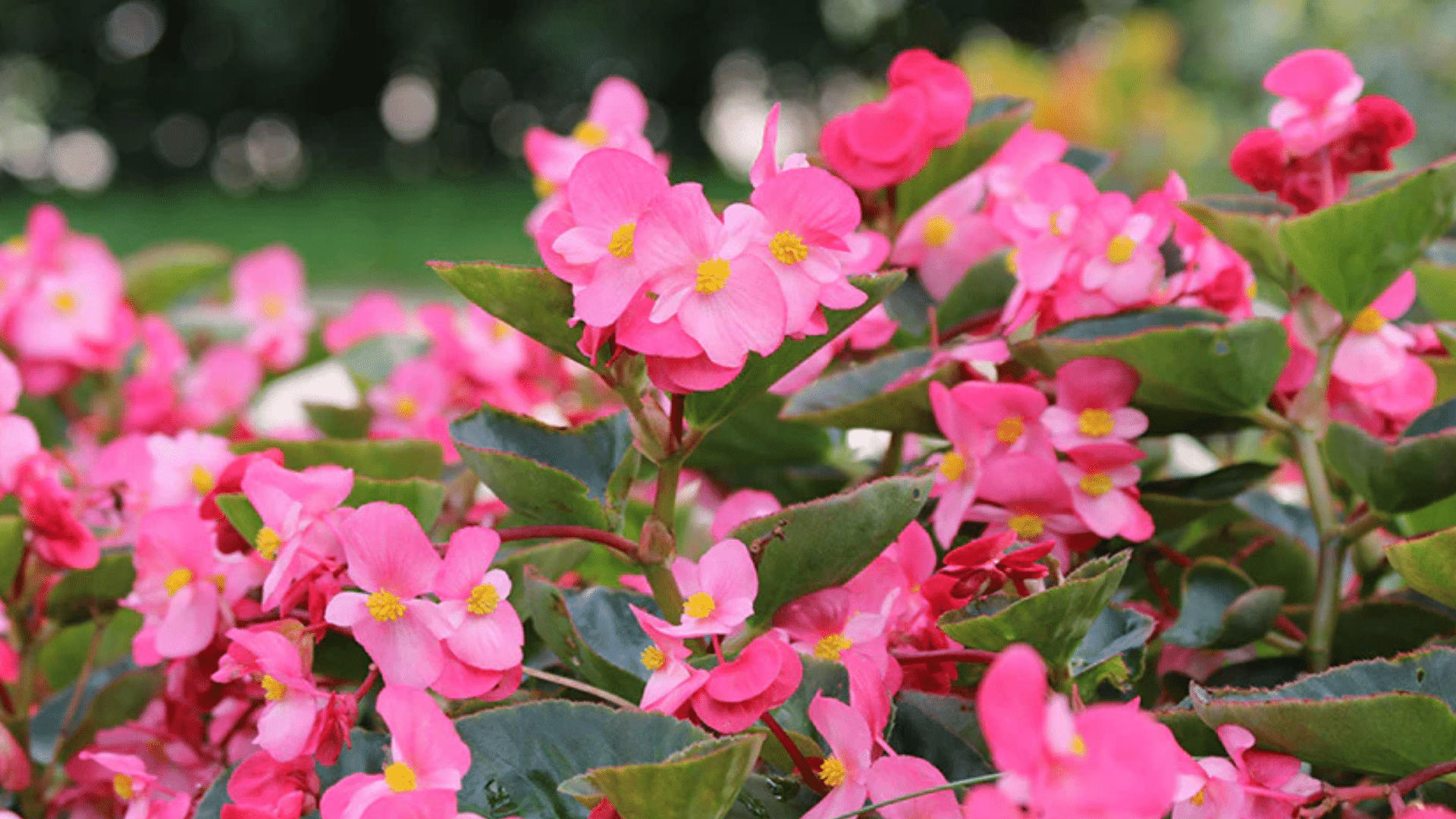
Begonias are versatile annuals that survive in dry conditions, offering bright, attractive flowers. These plants are great for containers, hanging baskets, or garden beds and are perfect for areas with minimal water. Begonias are easy to care for and require very little maintenance once established.
- Scientific Name: Begonia spp.
- Geographic Location: Native to tropical and subtropical regions
- Plant Size: 8-18 inches tall
- Plant Zone: 10-11
25. Lobia (Jack Bean)
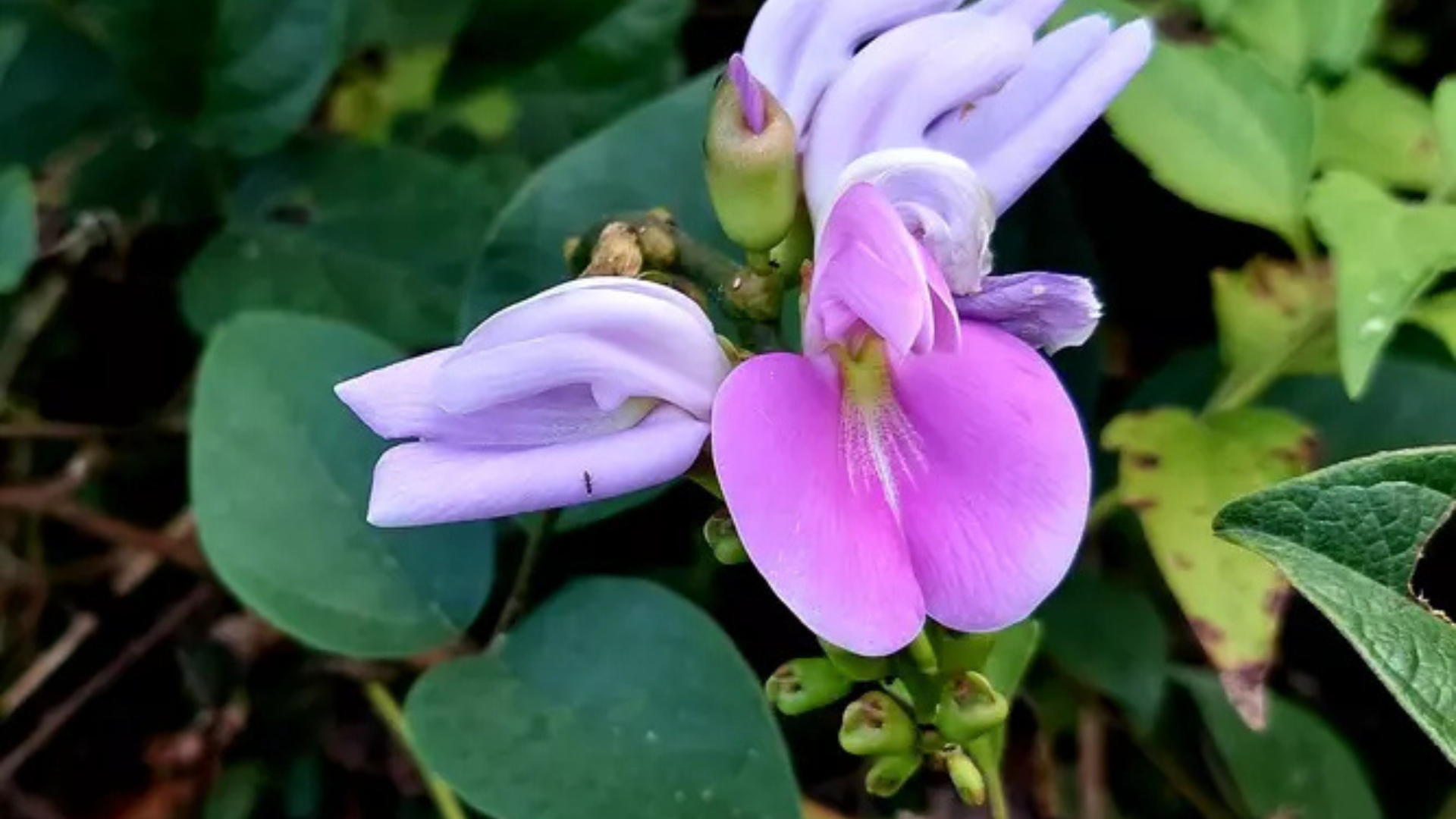
Lobia, or jack bean, is a leguminous annual plant that survives in dry conditions. It has large, round leaves and produces white flowers.
Once established, this plant is drought-tolerant and can be grown in poor soils. Lobia is often grown for its edible beans or used in landscaping as a ground cover.
- Scientific Name: Canavalia ensiformis
- Geographic Location: Native to Central America and the Caribbean
- Plant Size: 18-24 inches tall
- Plant Zone: 9-11
These resilient bloomers prove that beautiful gardens don’t require perfect conditions or constant care, making them your best allies during challenging weather.
Tips for Growing Drought-Tolerant Annuals
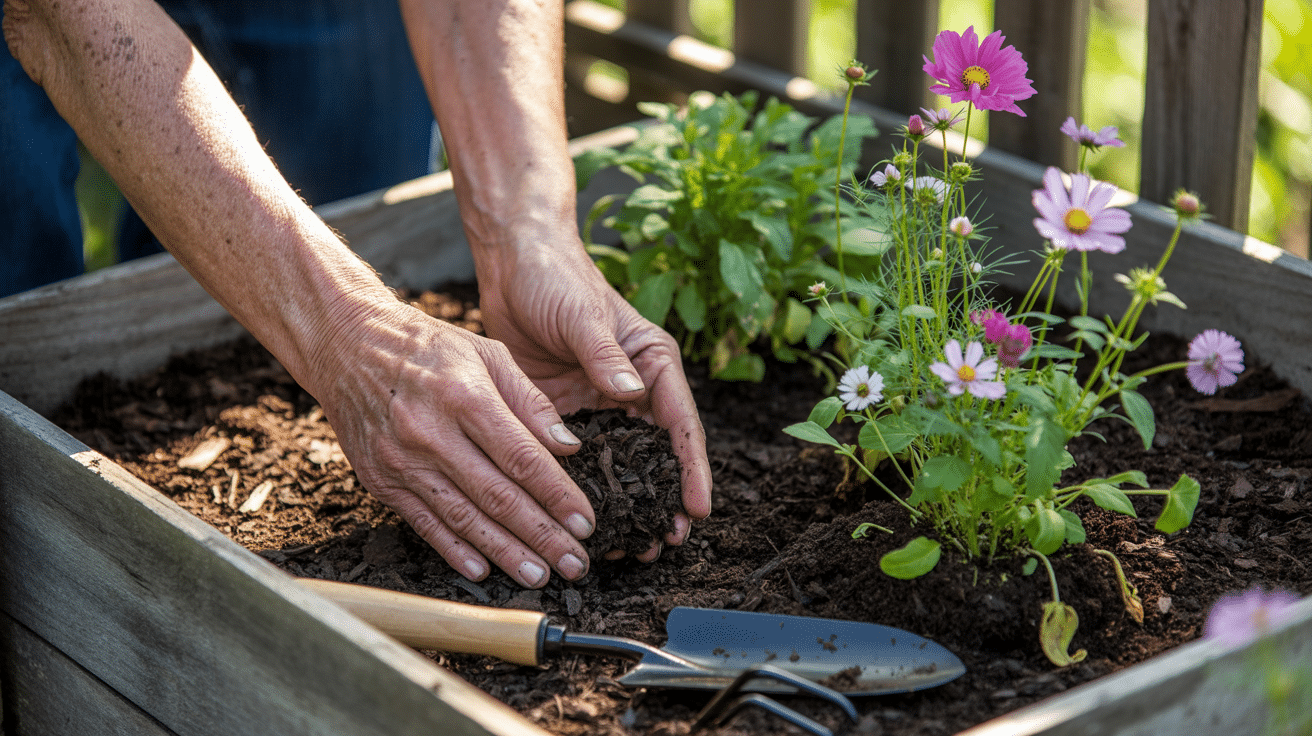
Getting the most from drought-tolerant annuals isn’t complicated. I’ve found that these simple techniques could help your plants establish quickly and perform their best all season long, even during the hottest days:
- Plant early in spring to allow root systems to develop before summer heat arrives.
- Add a 2-inch layer of mulch around plants to keep soil moisture from evaporating.
- Water deeply but infrequently to encourage roots to grow downward.
- Group plants with similar water needs together in your garden beds.
- Apply compost when planting to improve soil structure and water retention.
- Avoid fertilizing too much, as this can create weak, thirsty growth.
- Remove spent flowers regularly to keep drought-tolerant annuals producing new blooms.
With these basic practices, you’ll create conditions where your heat-loving plants can survive with minimal attention. The small effort upfront leads to months of carefree color in your summer garden.
Benefits of these Annuals
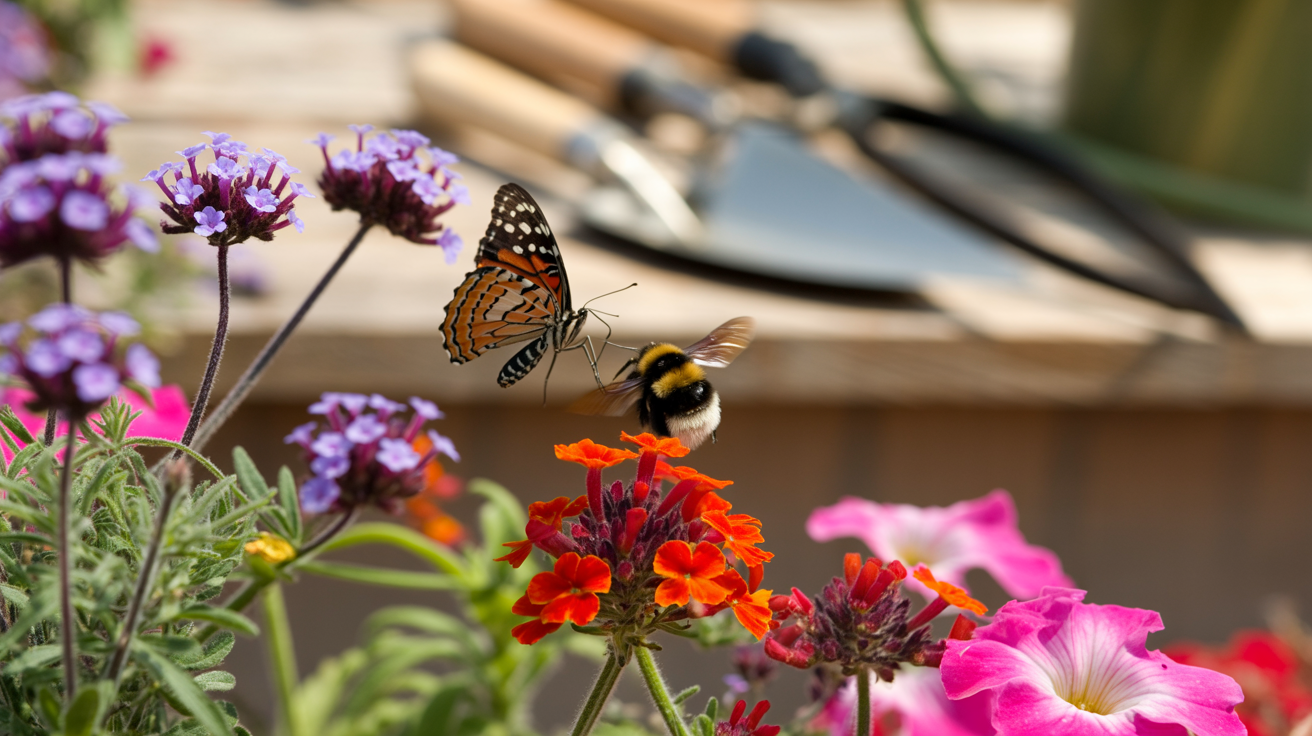
Drought-tolerant annuals offer more advantages than simply surviving with less water. In my opinion, they bring multiple benefits to make your garden better:
1. Lower maintenance commitment
These tough plants need far less babysitting than thirstier options, freeing your weekends from constant garden chores. Once established, many need only weekly attention at most, even during hot spells.
2. Extended blooming periods
Many heat-loving annuals flower longer than traditional choices, often continuing to produce color from spring through fall. This persistent performance gives you more beauty for your gardening dollar.
3. Attraction for pollinators
Despite needing less water, drought-tolerant annuals often produce nectar-rich flowers that bring butterflies, bees, and hummingbirds to your yard.
4. Versatility in difficult spots
These adaptable plants survive in challenging locations where other flowers fail. From hot, sunny borders along driveways to exposed hillsides, drought-resistant varieties solve problems in spots that usually stay empty.
5. Budget-friendly gardening
By reducing water use, plant replacement costs, and time investment, these practical beauties lower the overall cost of maintaining an attractive yard.
Concluding
Heat and dry weather don’t need to kill your garden dreams.
With the right plants and methods, you can enjoy flowers all summer without daily watering.
By choosing these tough bloomers, you’ll create a garden that stays colorful through the hottest days while supporting local wildlife and cutting down on maintenance.
I would love to hear your experiences in the comments below!




